Recovery efforts underway in Sumy, Dnipropetrovsk regions after Russian bomb strikes – president


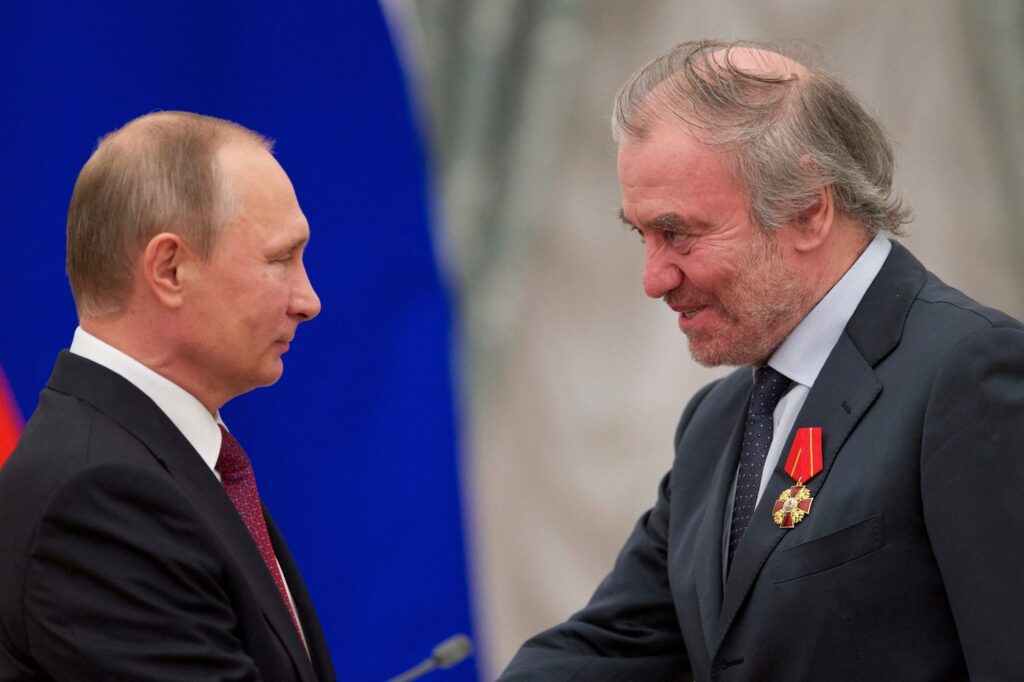
Valery Gergiev, the Russian conductor and longtime ally of Vladimir Putin, is scheduled to perform on July 27 at the Un’estate da Re festival in the Royal Palace of Caserta, Italy. Tickets are already on sale.
This marks his loud and controversial return to the European stage after years of exclusion due to his vocal support for Russia’s war against Ukraine — and, astonishingly, with the help of public funding, including European Union cohesion funds, despite the fact that Gergiev has been sanctioned in several countries.
But behind the mask of the great conductor lies something far more troubling. A recent Linkiesta investigation exposes a sophisticated network of shady foundations, fictitious companies, and significant real estate holdings spanning Venice, Milan, Rome, and the Amalfi Coast.
At its center sits a monumental estate in Massa Lubrense that allegedly hosts meetings aimed at circumventing international sanctions and diffusing Russian propaganda narratives through cultural interventions.
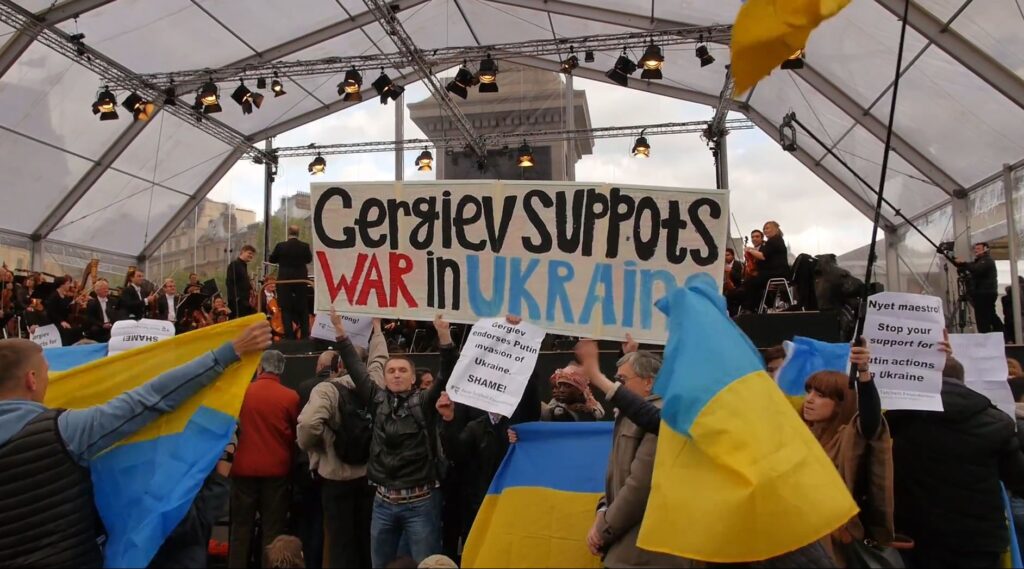
Unlike Germany, the UK, the Netherlands, and Scandinavian nations — where cultural institutions severed ties with pro-Kremlin artists — Italy has chosen a more “tolerant” or “neutral” approach. Some even echo the favorite mantra of Russian propaganda: “Art is above politics.”
Here’s a reminder of where Gergiev has been banned:
But in Italy, Gergiev seems to be welcomed with open arms — all in the name of “cultural dialogue,” even as war crimes continue in Ukraine.
Gergiev, Putin’s most loyal cultural ally who received the specially revived Hero of Labour award in 2013, has never hidden his loyalty to the Putin regime.
He publicly praised the president, supported Russia’s “great revival,” and in 2014, endorsed the annexation of Crimea. That same year, he led a concert in Moscow honoring Russia’s armed forces.
After Russia’s full-scale invasion of Ukraine in 2022, cultural leaders around the world called for a boycott of Gergiev, accusing him of direct complicity in the Kremlin’s aggression. Major orchestras and opera houses in Europe and the US dropped him. In 2022, La Scala dropped him from its programming after he refused to condemn the war in Ukraine.
His appointment to control both the Bolshoi and Mariinsky theaters wasn’t just ceremonial — it followed the ouster of Vladimir Urin, who had dared to sign an anti-war petition in 2022, making Gergiev’s loyalty even more valuable to the Kremlin.
His fondness for dictators and warlords predates Ukraine. In 2016, following the Russian and Syrian military seizure of Palmyra, Gergiev performed a highly publicized “liberation concert” among the ruins. Broadcast widely on Russian state TV, the concert served as cultural propaganda to legitimize Moscow’s role in Syria and reinforce Putin’s image as a “defender of civilization.”
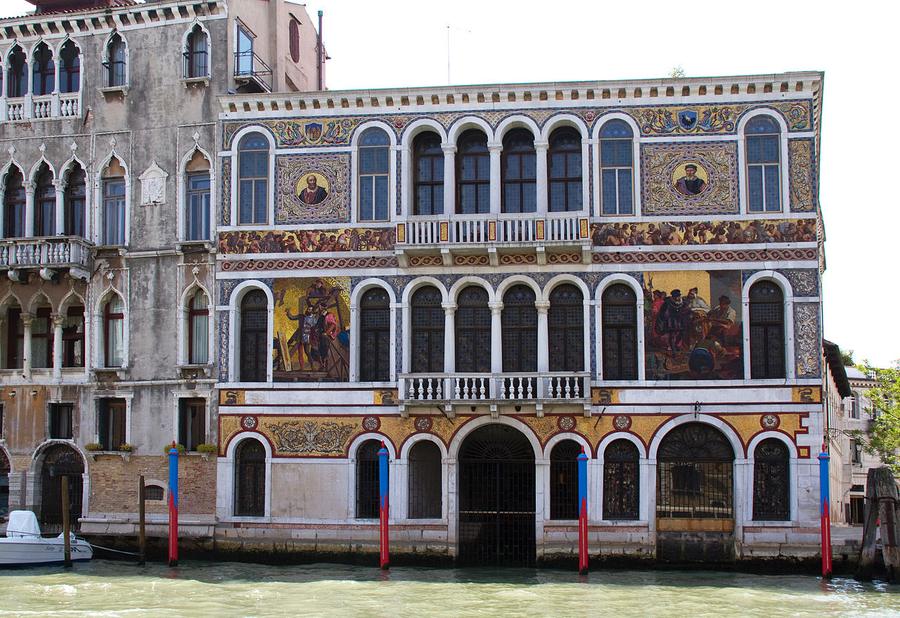
The financial mechanics behind his Italian operations reveal a more complex picture. As early as 2022, Alexei Navalny’s Anti-Corruption Foundation documented that Gergiev had diverted over 300 million rubles into personal accounts, using cultural foundations funded by Gazprombank, Rosneft, and VTB.
Gergiev owns a real estate empire in Italy, reportedly worth more than €100 million, inherited from Countess Yoko Nagae Ceschina, a Japanese harpist and philanthropist. Her will granted him the Barbarigo Palace on Venice’s Grand Canal, the historic Caffè Quadri in Piazza San Marco, an 18-room villa in Olgiate, vast land holdings in Romagna, and a villa on the Sorrento Coast.
Recently, Italy’s famous Alajmo restaurant family renewed its rental agreement for Caffè Quadri — paying Gergiev €3.5 million over seven years. This means a sanctioned Kremlin-aligned figure is directly profiting from Italy’s most prestigious public spaces.
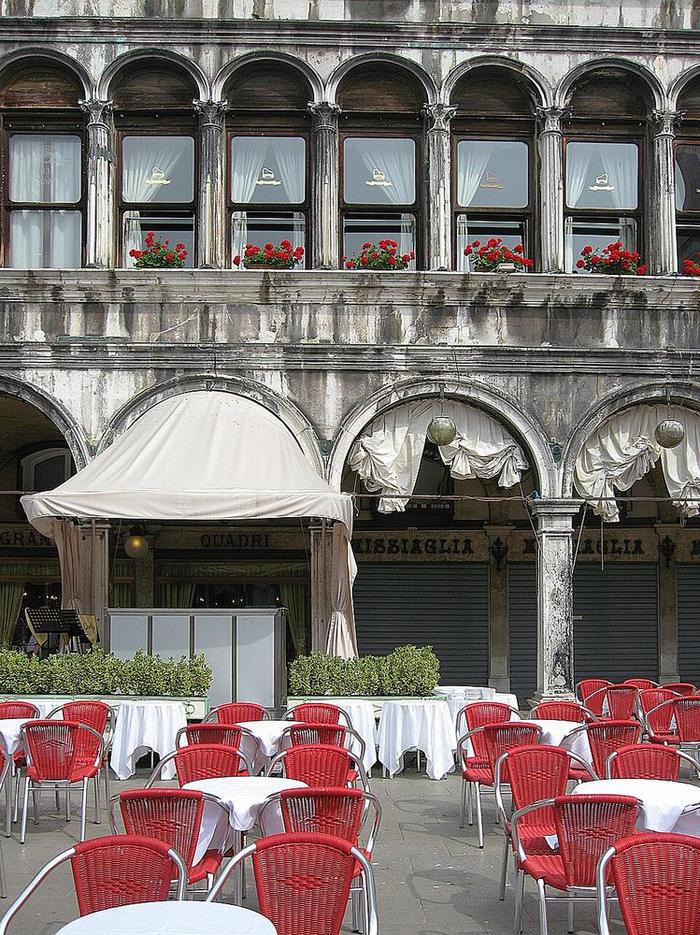
Massimiliano Coccia’s Linkiesta investigation reveals something more systematic: at least a dozen satellite companies orbiting around Gergiev’s main operations, spanning real estate, cultural, and logistics sectors across Campania, Lazio, and Lombardy.
Their common trait? Opacity. A portion of the revenue from these activities is reinvested into pseudo-cultural initiatives that bolster Russian propaganda.
And now, in July 2025, Gergiev is scheduled to perform in Campania — at a festival funded in part by the Italian government, the Campania regional administration, the Teatro Verdi in Salerno, and Italy’s Ministry of Culture. It is officially branded as a cultural initiative supported by EU Cohesion Funds (Fondi Coesione Italia 21/27).
This makes any attempt to “normalize” Gergiev’s presence even more troubling.
Gergiev himself constantly proves art isn’t neutral. Just this month, his Bolshoi Theatre closed its season with a production of Prokofiev’s opera Semyon Kotko that ended with a message glorifying Russia’s invasion of Ukraine:
“In 2014, a junta seized power in Kyiv and began repressions against its own citizens. In response, the residents of the city and region proclaimed the Luhansk People’s Republic. Instead of negotiations, the criminal Kyiv regime began the destruction of Donbas.”
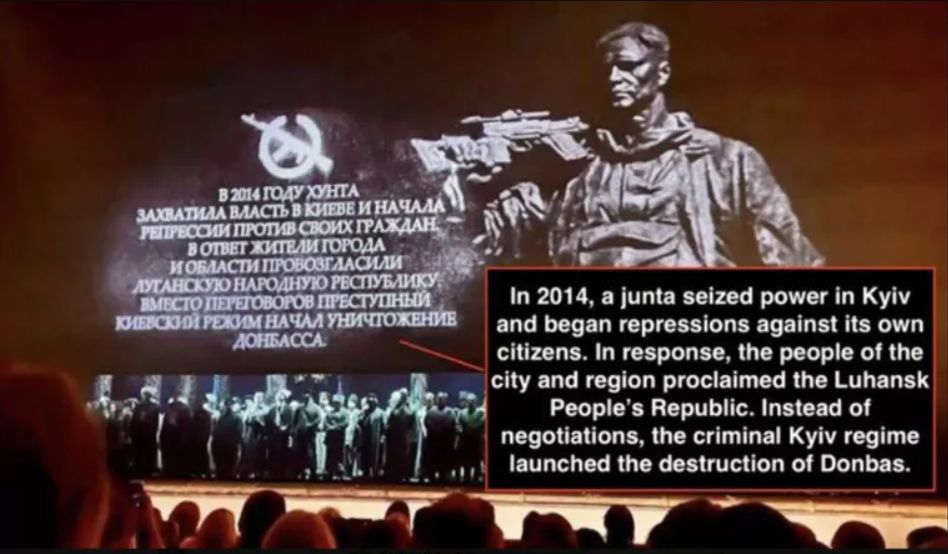
Immediately following that, the next paragraph was projected:
“In February 2022, the Russian army came to the aid of the people of Donbas, who had been fighting for their lives and freedom for eight years. As a result of a nationwide referendum, Luhansk has forever returned to being part of Russia.”
This wasn’t art — it was state propaganda using opera as a delivery system, reversing historical facts to justify war crimes. As La Repubblica noted in its coverage, Gergiev’s own theater made it explicitly clear that the opposite of “art is outside politics” is true.
And now — after three years of genocide, missile strikes on residential buildings, torture and executions of prisoners, and mass atrocities documented by international bodies — this concert in Campania becomes part of a broader trend: the normalization of brutality through culture.
At this point, let’s be clear: art is never apolitical — especially during a war. We cannot ignore the fact that Valery Gergiev is not merely a world-class conductor, but a public ally of a regime internationally accused of war crimes. His return to the European stage is not a neutral cultural gesture — it is a political act.
Gergiev’s return to the European stage is not a neutral cultural gesture — it is a political act.
Yes, in peacetime, one might argue for “separating art and politics.” But in wartime — especially a war of conquest launched in 2014 and escalated into full invasion in 2022 — such neutrality becomes complicity.
Allowing figures like Gergiev — whose regime is bombing cities, deporting children, and jailing dissidents — to perform on publicly funded stages is not just tone-deaf. It is an ethical failure.
Inviting Gergiev to Campania — with European funds — is a dangerous appeasement of Russia’s cultural offensive, which seeks to blur the line between art and propaganda.
As EU Parliament Vice President Pina Picierno rightly noted, publicly funding Putin’s allies is unacceptable. It sends the wrong signal — a signal of surrender.
While De Luca tries to mask this performance under the guise of tolerance, peace, and dialogue, Picierno confronts him with a point that is hard to refute: among the many equally famous and talented Russian musicians who have condemned the war, the Campania Region chooses Putin’s faithful friend and ally.
But the crucial question raised by investigators remains unanswered: which local entrepreneur or company proposed Gergiev’s engagement to the Campania Region? Who acted as facilitator for an event that showcases Russian power while a war rages?
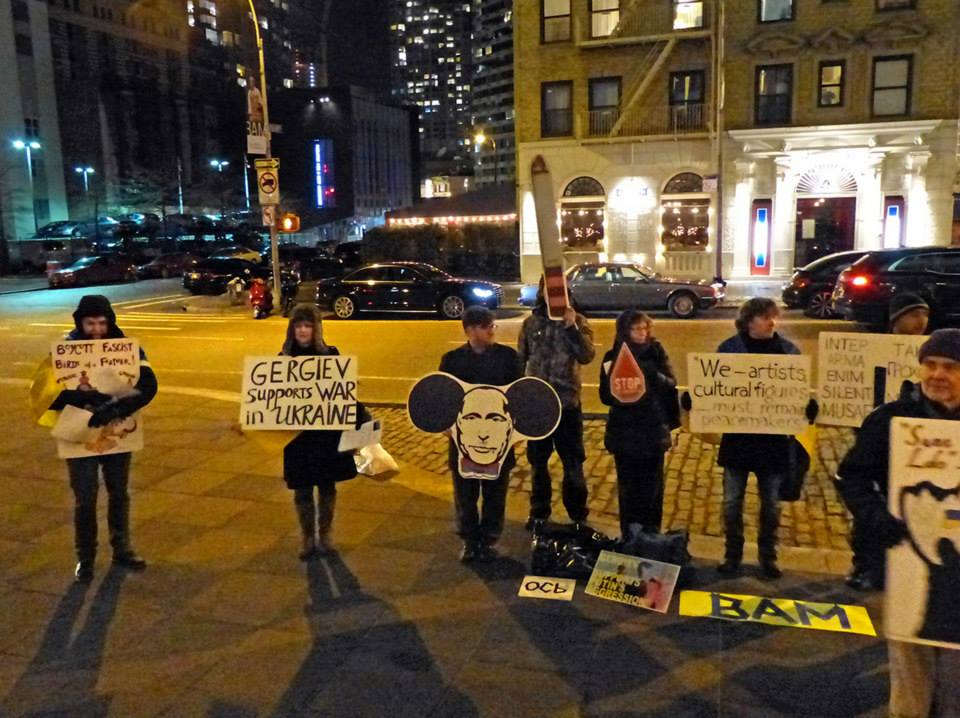
The announcement has ignited protests across Italy and abroad.
Italy’s Culture Minister withdrew approval for the concert, warning that using cultural platforms to amplify propaganda is unacceptable. Despite mounting criticism, the concert remains scheduled for 27 July, with the Caserta Police Headquarters monitoring the event through DIGOS (Italian Special Operations Unit).
There are fears that the protest, promoted by Ukrainian associations as well as Russian dissidents, could spill over into the Royal Palace. Many of the tickets for the front rows have sold out, and those who purchased them were representatives of Italian and Ukrainian associations, as confirmed by the president of one of these.
Deputy Prime Minister Antonio Tajani responded to criticism by noting that Gergiev holds a Dutch passport, so he can travel freely within the EU. The questions about how Gergiev obtained his Dutch passport while maintaining Russian citizenship have remained unanswered for almost a decade.
Russian state media is already hailing the concert as Gergiev’s triumphant “return to Europe,” claiming Italy will not cancel the event.
Once again, culture is weaponized. Since Soviet times, music, ballet, and the arts have been key tools of Kremlin messaging. The KGB had entire departments focused on shaping the regime’s image through culture.
This is not about freedom of expression. It’s about responsibility. Art can either support humanism or whitewash violence. When Gergiev conducts in war zones or imperial ruins, he’s not just waving a baton. He’s legitimizing state terror.
What message is Italy sending by supporting Ukraine politically, but welcoming Kremlin propagandists culturally?
When sanctions are among the few peaceful forms of pressure we have left, any cultural compromise becomes a form of complicity. Those who claim “art is above politics” must ask: above whose politics? Above human rights? Democracy? Solidarity?
And in the end — as always — it is the innocent who pay the price.
Editor’s note. The opinions expressed in our Opinion section belong to their authors. Euromaidan Press’ editorial team may or may not share them.
Submit an opinion to Euromaidan Press

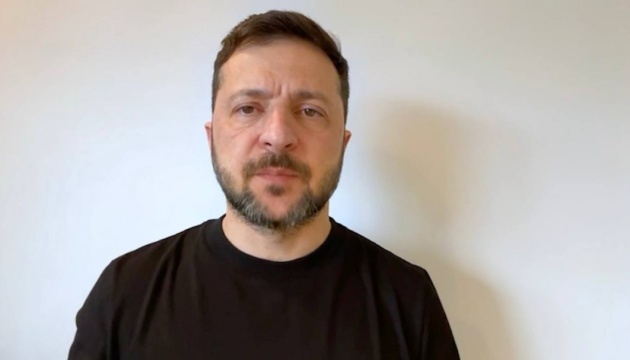
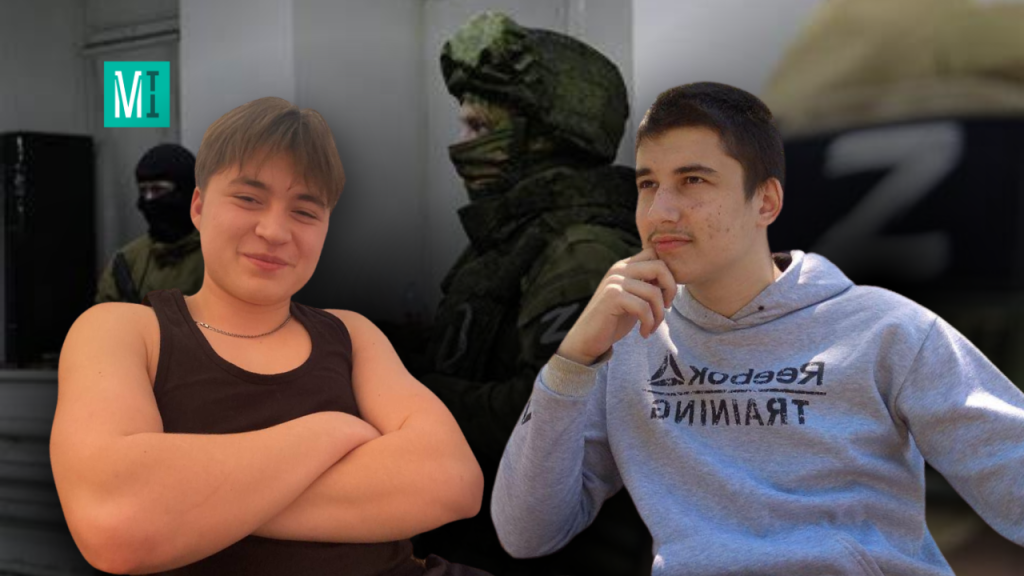
For their love for Ukraine, Tigran and Mykyta paid the highest price, their lives. President of Ukraine Volodymyr Zelenskyy has signed a decree awarding the Order of Freedom to 16-year-olds Tigran Ohannisian and Mykyta Khanganov, Ukrainian teenagers killed by Russian soldiers in occupied Berdiansk.
On social media, Ohannisian managed to publish a video reportedly before being shut down by snipers, in which he says: “Two for sure. That’s it, this is death. Guys, goodbye! Glory to Ukraine!”
After the full-scale invasion and occupation of the city, the boys stayed home. They were friends, and both openly supported the Ukrainian cause.
Ohannisian was repeatedly persecuted by the occupying authorities: he was abducted from his home, tortured, abused, subjected to electric shocks, and mock executions. He was arrested, beaten, and forced into silence.
Khanganov was targeted for arrest as early as October 2022. The occupiers interrogated him and his father, fabricated a case accusing him of “railway sabotage,” and searched their home. He was charged with a crime punishable by up to 20 years in prison in Russia.
In 2023, both boys were accused of “preparing sabotage.” Tigran was interrogated and tortured for five days as the occupiers tried to force a confession.
The European Parliament passed a resolution demanding the release of Tigran and Mykyta, but the occupiers ignored the calls of the international community. On 24 June 2023, Russian forces executed the boys.
Ombudsman Dmytro Lubinets reported that Russia still refuses to return their bodies to the parents or to Ukraine. Available information suggests the occupiers buried the teenagers in secret, without notifying the families.
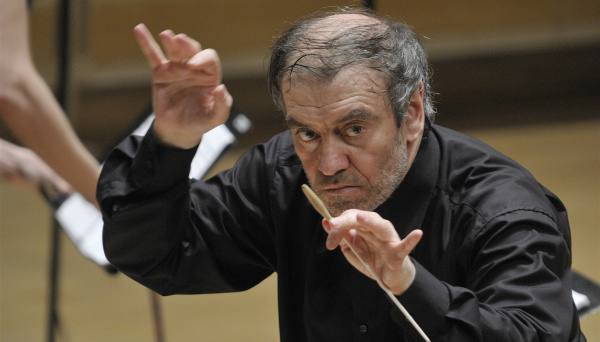
The Ukrainian community in Italy has called to cancel the concert of Russian conductor Valery Gergiev, scheduled for 27 July at the Royal Palace of Caserta, a UNESCO World Heritage site. Gergiev publicly supports the Russian regime and its military aggression against Ukraine.
The community has sent a letter to UNESCO Director-General Audrey Azoulay, Dr. Antonio Patuelli, Chair of the Italian National Commission for UNESCO, and the Italian Minister of Culture, Alessandro Giuli.
The activists emphasize that Gergiev’s support “goes beyond the realm of art” and includes public acts that legitimize a regime responsible for war crimes, the deportation of children, attacks on civilian infrastructure, and on Ukraine’s cultural heritage, which is also under UNESCO protection.
Ukraine’s Defense Intelligence: Russia loots ancient treasures from Crimea’s UNESCO heritage site
“Ukrainians view UNESCO as the last line of defense for fundamental values: memory, truth, and respect, all of which the Russian government blatantly disregards,” the letter continues.
The Ukrainian community continues, “How can an institution that safeguards the dignity and memory of nations allow one of its protected sites to host an artist who has become a global symbol of military propaganda?”
“How can it ignore how deeply offensive this decision is to the victims of the conflict, to the Ukrainian people, and to all those fighting for peace and justice worldwide?” the activists say.
The letter also argues that holding Gergiev’s concert at a historical site like the Palace of Caserta contradicts UNESCO’s principles of protecting peace, cultural heritage, and solidarity among peoples.
Ukrainian supporters to rally in Bologna after Russian propaganda found in Italian textbooks
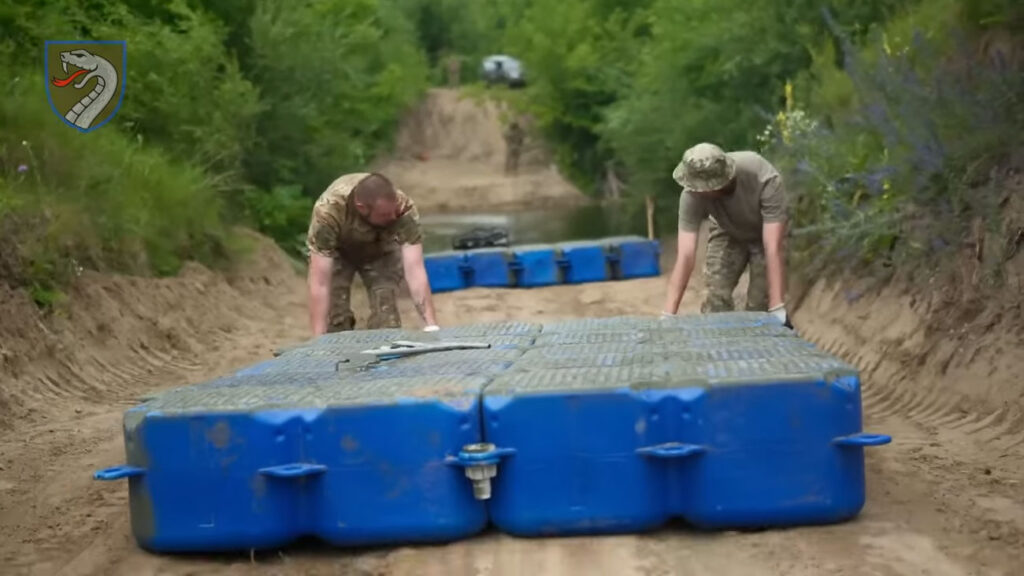
Engineers from Ukraine’s Steppe Brigade are fielding modular plastic bridges that deploy in just 15 minutes, giving troops rapid mobility across rivers in active combat zones. This rapid frontline bridge deployment offers a major tactical edge as Ukrainian units face constant maneuver demands on the front.
Militarnyi reports that the 61st “Steppe” Mechanized Brigade has begun using a new system of plastic pontoon bridges composed of modular floating cubes. The brigade reported that the system has already shown its effectiveness at multiple positions along the frontline. It was first used during the Kursk operation in Russia, where it allowed fast movement of infantry and light vehicles.
Brigade engineers say the system’s greatest strengths are its speed and adaptability. The plastic pontoon bridge is designed to transport infantry and light equipment.
“Mobility, fast deployment, and structural reliability let our units stay one step ahead of the enemy,” the brigade noted.
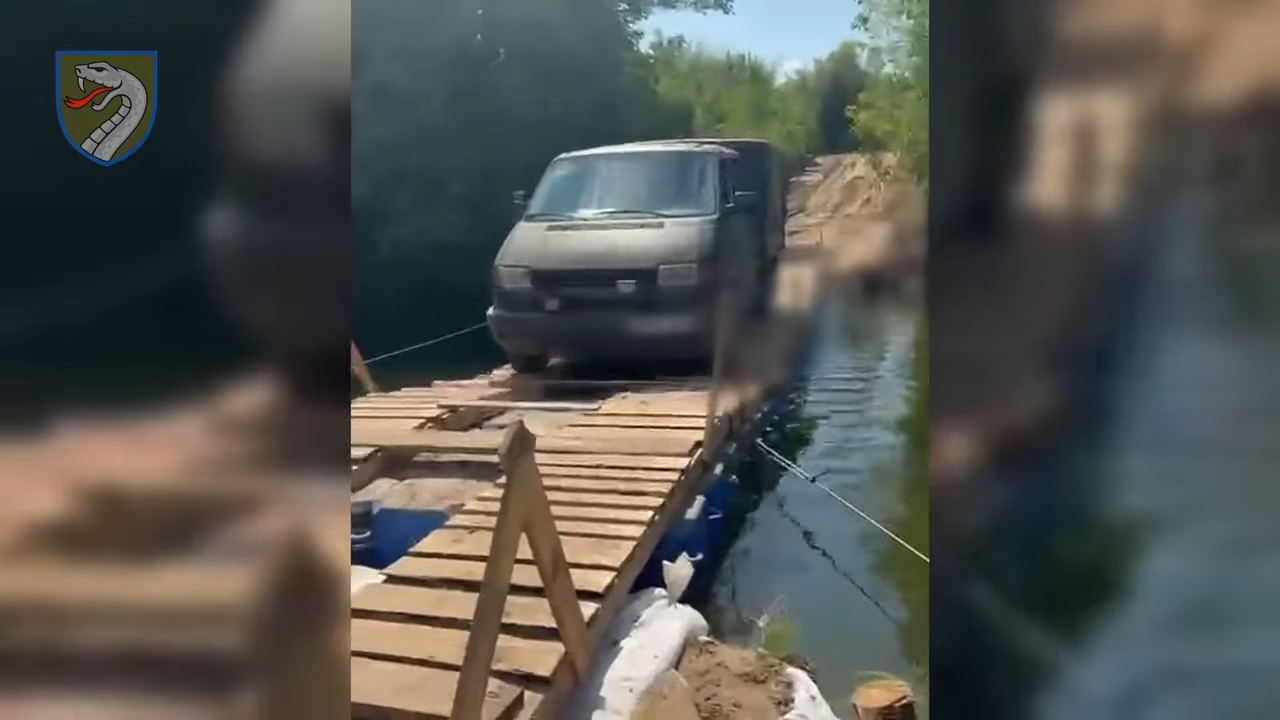
Each pontoon crossing is constructed from interlocking plastic modules that float independently and connect through a specialized fastening system. This design makes it easy to change the length or shape of the bridge and replace any damaged cubes after shelling.
The plastic cubes are produced by a Ukrainian manufacturer, which emphasizes the system’s ability to work in any location and under any weather conditions.
“Our floating structures can be used in any region and on any water body. They are easy to assemble, even in adverse weather,” the manufacturer stated.
The construction is resistant to freezing, tidal surges, and storm conditions. It also does not freeze into ice during winter, a key feature for year-round combat use. For vehicle crossings, engineers add wooden decking to support the weight of light military equipment.
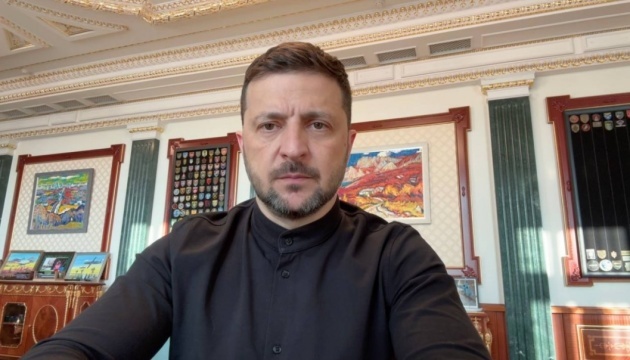
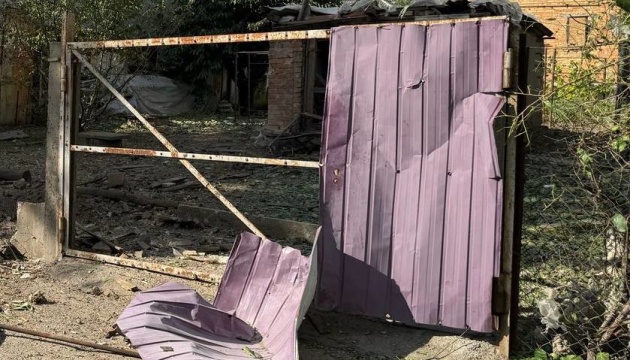
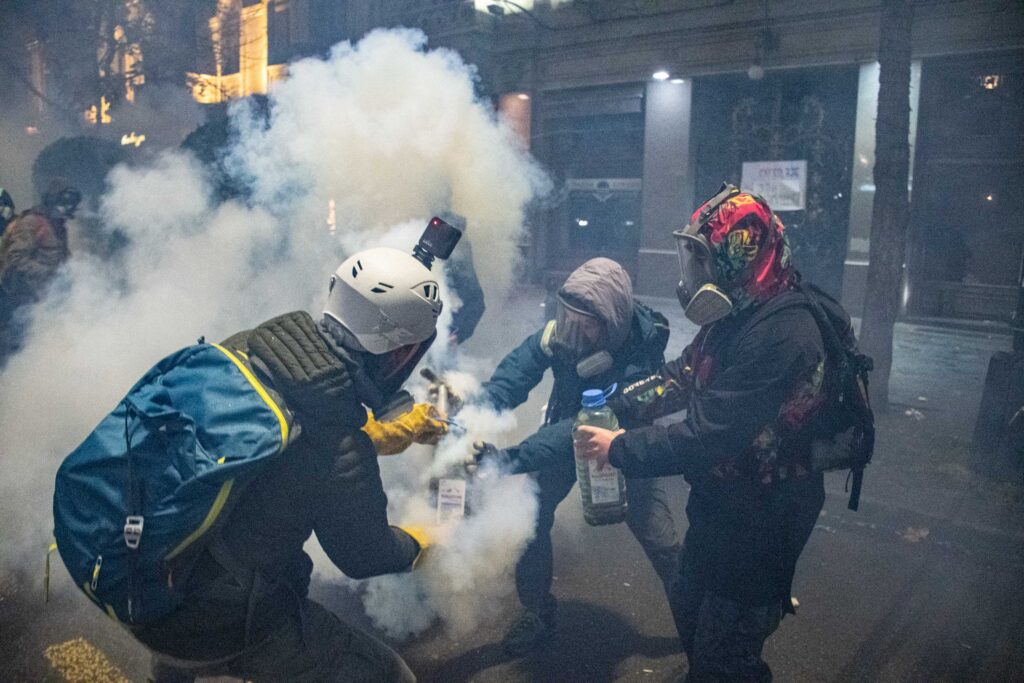
The European Parliament has declared that Georgia will not be able to join the European Union until its government abandons its authoritarian path.
The bloc does not recognize the country’s current government, the ruling party Georgian Dream, as legitimate due to widespread violations during the parliamentary elections on 26 October 2024. According to the EU, these elections were rigged and did not meet democratic standards. Consequently, Georgia’s EU accession process is effectively suspended until free and transparent elections take place.
“Georgia cannot join the EU until its government changes its authoritarian course. The European Parliament stands with the Georgian people. Parliament does not recognise Georgia’s current government and says its EU path is effectively suspended until fair elections happen,” it says in a statement on X.
The authorities have harshly suppressed protests that erupted after the elections and have continued for over eight months, employing repression against activists and political opponents.
The country’s power remains concentrated in the hands of the pro-Russian Georgian Dream party. The European Parliament also supports former President Salome Zourabichvili as the legitimate leader.
Despite an official pro-European integration stance, the government is working to deepen relations with Moscow, particularly in the security and economic spheres. Approximately 20% of Georgia’s territory is currently occupied, namely Abkhazia and South Ossetia, where Russian troops are present.
Georgian society has been actively protesting since late 2024 for more than eight months against a regime that fails to meet European and democratic standards. People demand new, honest elections, the release of political prisoners, and the country’s return to the European path.
The European Parliament continues to support the people of Georgia, but stresses clearly that without fundamental changes in the political system, including a rejection of authoritarianism and the restoration of democracy, the EU cannot admit Georgia as a member.
In response to the protests and European statements, Russia publicly accuses the West of interfering in Georgia’s internal affairs, supporting “color revolutions,” and attempting to increase informational and political pressure to maintain its influence.
Thus, without transforming the Georgian government and conducting free elections, Georgia’s prospects for EU membership remain blocked indefinitely, while its society continues to fight for a European future.
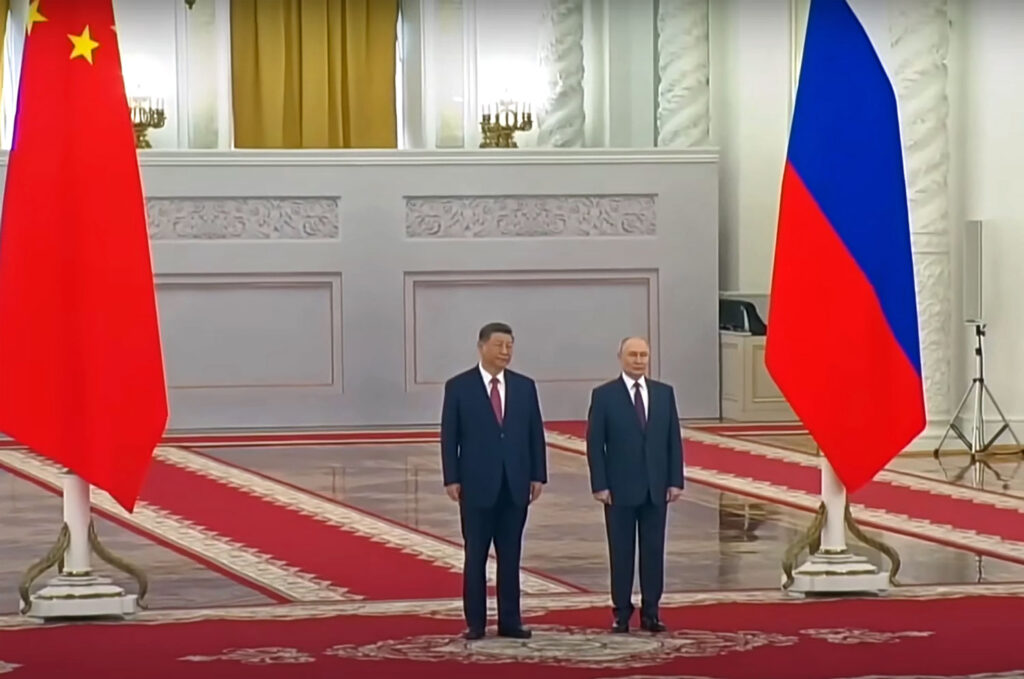
Despite US President Donald Trump’s ultimatum, Russian ruler Vladimir Putin shows no intention of abandoning his objectives in Ukraine or ending the war. Even under the threat of new sanctions, he appears ready to go to extremes, Foreign Affairs writes.
Trump has set a 50-day “deadline” for Russia to reach a peace deal or agree to a ceasefire in its war against Ukraine. Otherwise, Moscow will face economic restrictions. Countries that continue buying Russian oil would also be subject to sanctions.
Meanwhile, Russia itself is entering a full-fledged economic crisis, something even the Kremlin is now publicly admitting. However, analysts are convinced that Putin still has tools to continue the war, the ones he has so far chosen not to use.
In particular, he could launch a brutal mobilization campaign with harsh penalties for those who refuse to serve. Experts note this would shatter the myth of stability that Putin has carefully built over the years, but destroying Ukraine still takes priority for him.
They point out that after 25 years in power, Putin has created an almost sinister calm in Russia: there is no meaningful political opposition, and public criticism of the government is virtually nonexistent. As a result, Russians are expected to adapt to the new reality.
“Russia’s rise to greatness may be Sisyphean for Putin, but he will go to extreme lengths to avoid defeat. In Ukraine, Putin will risk everything,” the report says.
Still, the situation does not yet look catastrophic for Ukraine. The territories captured by Russia are not strategically vital for Ukraine’s survival, and all major cities remain out of reach for the Russian military.
Even if Trump ultimately fails to follow through on his own ultimatum, Ukraine continues to receive growing support from Europe.

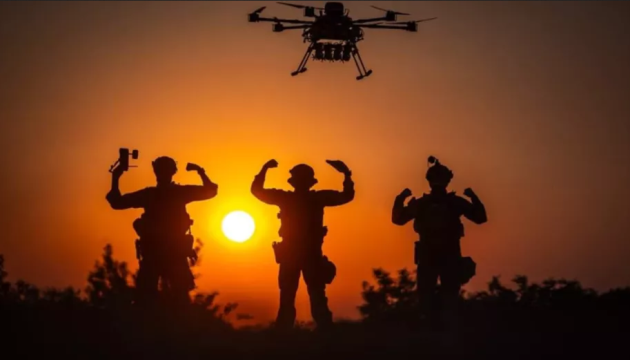

The US Air Force has announced a search for contractors to develop a new air-launched cruise missile under the working title LACM (Lugged Affordable Cruise Missile). Aviation Week reports, the project is largely based on the concept of the ERAM missile, which is being developed specifically for Ukrainian fighter jets.
According to the requirements, the missile will carry a 227 kg (500 lb) warhead with a multi-mode fuse capable of high penetration. It must be able to strike targets over 450 km away with an accuracy margin of no more than ten meters, even without satellite navigation, flying at around 0.6 Mach.
What sets the LACM apart is its focus on low-altitude flight, no higher than 300 meters, with the ability to strike at angles exceeding 70 degrees. A critical requirement is the ability to mass-produce the missile within two years of the contract’s start, at a cost not exceeding $300,000 per unit.
The missile will be compatible with standard external pylons on fighter jets or internal weapons bays, according to Militarnyi.
At least three potential companies are being considered in the early phase of the LACM program: Anduril (with its Barracuda-500M missile), Zone 5 Technologies (Rusty Dagger), and CoAspire, which is already working on the Rapidly Adaptable Affordable Cruise Missile. However, other manufacturers, including L3Harris, may also join the competition.
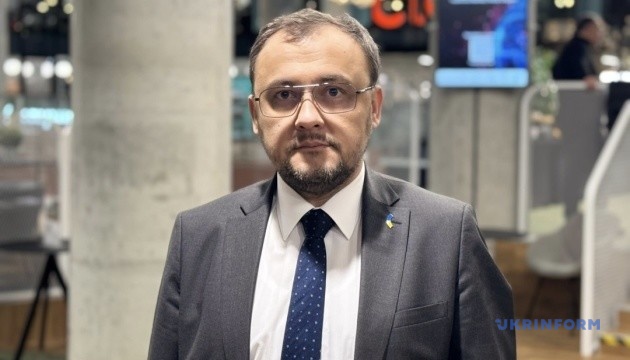


She was killed to be silenced. On July 19, in Lviv, Ukrainians marked the first anniversary of the death of Iryna Farion. She was a prominent linguist, scholar, politician, and symbol of the fight for Ukrainian identity, UkrInform reports.
Farion served as a Member of Parliament from 2012 to 2014, lectured at the university, and spent decades leading the movement to revive the Ukrainian language after centuries of Russification. Her political stance was openly anti-Russian, making her a frequent target of Kremlin propaganda and hate.
Her murder in Lviv in 2023 at the age of 60 is seen not merely as a criminal act but as part of Russia’s hybrid war.
“The enemy is trying to use every tool to divide our nation,” said Ukraine’s military intelligence chief, Kyrylo Budanov, following her death.
The attack on Farion is also regarded as a psychological attempt to intimidate its most courageous Ukrainian voices.
A year after the assassination, her family, colleagues, students, and community members gathered for a memorial service at the Saints Peter and Paul Garrison Church. Later, a procession made its way to Lychakiv Cemetery, where Farion is buried.
People will also assemble in silence in the courtyard on Masaryk Street, where she was killed, at 7:22 PM, the exact moment the fatal shot was fired one year ago.
Farion’s daughter, Sofiia Osoba, left a powerful message on Instagram.
“A year. What is it like to live without Mom?.. I am an orphan. Ukraine is orphaned… I don’t want 19 July… This is the end of everything. 23:20. The end of your life. Now, it will be years,” she wrote.
Six days after the murder, Ukrainian law enforcement detained the suspect, 19-year-old Dnipro resident Vyacheslav Zinchenko. The court trial is currently ongoing.
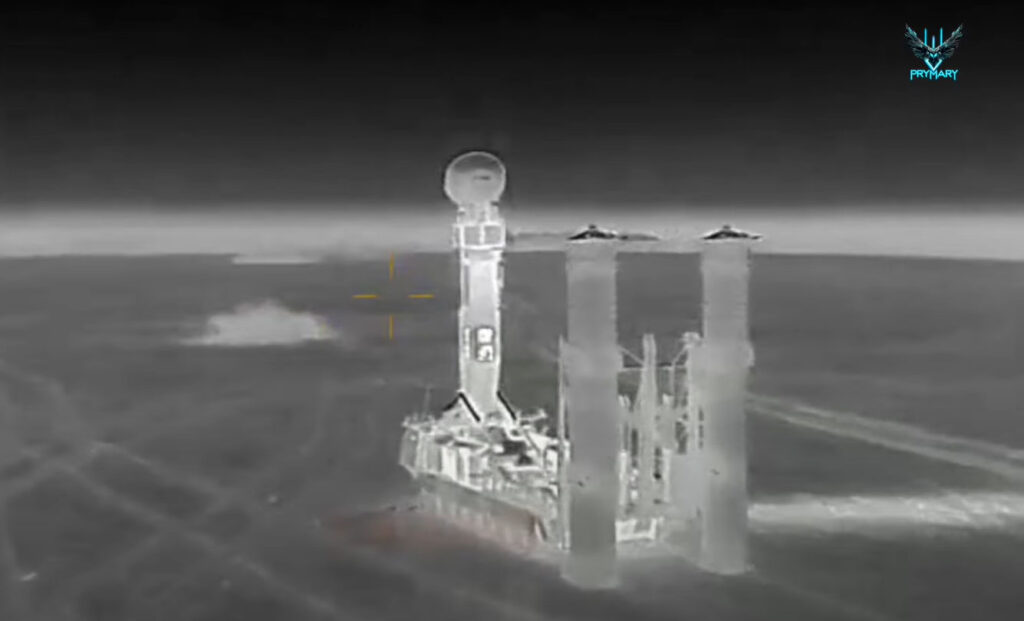
A Ukrainian drone strike on Russian air defenses has disabled multiple radar systems and surface-to-air missile launchers in the Donetsk sector, eastern Ukraine, Defense Intelligence of Ukraine (HUR) reported. The latest footage released by HUR shows their elite Prymary (“Ghosts”) unit destroying key Russian military hardware during precision drone attacks in the occupied part of the oblast.
HUR released video footage of the operation on its official YouTube channel, showing accurate drone strikes on two S-300V launchers and five radar systems, supporting these launchers and other Russian air defense assets. The S-300V is primarily designed to intercept operational-tactical missiles and serves as a key element of Russia’s anti-missile defense network. However, Russian forces have been also using such launchers in a secondary role — to fire on ground targets, including residential areas in Ukrainian cities.
According to the description accompanying the HUR video, Prymary fighters continue to “systematically weaken Russian air defense — now in the Donetsk direction.” The agency confirmed the destruction of:
The video published by HUR shows direct drone strikes on the listed radar systems and missile launchers. However, the FPV footage cuts off at the moment of impact, and the aftermath is not shown. Still, the accuracy of the strikes indicates that the targeted Russian air defense assets were at least damaged, if not destroyed.
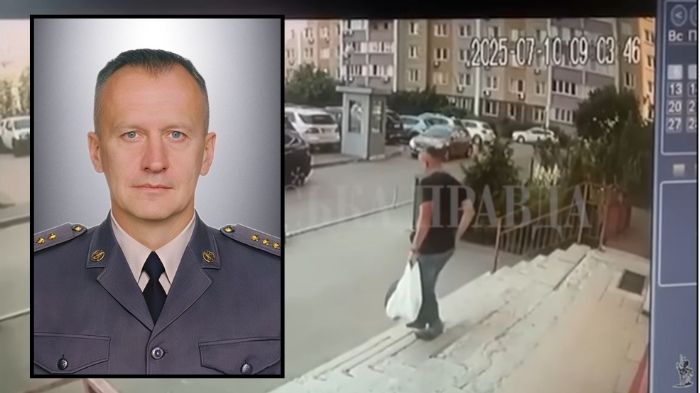
When Russia kills Ukrainian heroes, Ukraine doesn’t forgive. The intelligence war between Ukraine and Russia won’t end with the hot phase of the war. It will continue in the shadows, in hotel hallways, parking lots, and spy offices across the globe, The Times reports.
The Ukrainian colonel of the Security Service (SBU), Ivan Voronych, who was assassinated in Kyiv, may have been targeted by Russian intelligence for his role in some of Ukraine’s boldest covert operations in recent years, say intelligence sources.
Voronych was involved in big numer of operations, including the sabotage of the Nord Stream gas pipeline. Major General Viktor Yahun says the upcoming retaliation from the Ukrainian side will be compared to the Operation Spiderweb, when Kyiv hit 41 Russian aircraft.
Voronych served as a deputy in the unit commanded by Roman Chervinsky, the same figure The Washington Post described as the “coordinator” of the Nord Stream attack. He also oversaw naval drone strikes against Russia’s Black Sea Fleet.
The SBU colonel was a calm and quiet man who kept himself in excellent physical shape, his colleagues recall. He had served in the elite Alpha unit and carried out missions deep behind enemy lines, including in Russia’s Kursk Oblast.
Some sources claim it was Voronych who initiated the ambush and elimination of Oleksiy Mozgovoy in 2015, the leader of the “Prizrak” group and one of the key commanders of Russian proxy forces in Donbas.
Any one of these actions could have sealed his fate, and, according to intelligence sources, his assassination in Kyiv was the direct result of a long list of high-risk operations where Voronych played a pivotal role.
Ukraine has already avenged his murder by eliminating the killers, but that’s just the beginning. Former SBU officer Ivan Stupak says that such assassinations will continue worldwide for many years. Ukrainians won’t want to operate on allied territory, but perhaps in Thailand, Africa.

The full-scale war in Ukraine will continue beyond 2025, said Robert Brovdi, also known as Madiar, the commander of the Ukrainian Armed Forces’ Unmanned Systems, during the LANDEURO conference in Germany’s Wiesbaden, UNIAN reports.
“We don’t see the end of the war coming tomorrow — or likely even this year. Putin is sending more infantry than we can destroy,” Madiar stated.
According to him, the main threats include massive Shahed drone attacks, Ukraine’s shortage of mobilization resources, and the enemy’s numerical advantage.
“Everyone who wanted to fight is already fighting,” he noted.
However, the Ukrainian Armed Forces are already working on solutions: plans include replacing infantry with ground-based drones and building a multi-level “drone wall” to intercept everything coming from Russia.
“This wall, taller than the Great Wall of China, is already being built,” the commander concluded.
Brovdi became the commander of the Ukrainian Armed Forces’ Unmanned Systems in June. After taking the position, he announced he would work on the new Drone Line project, a 10-15 kilometer “kill zone” where enemy forces cannot advance without suffering significant losses.
His program also includes:
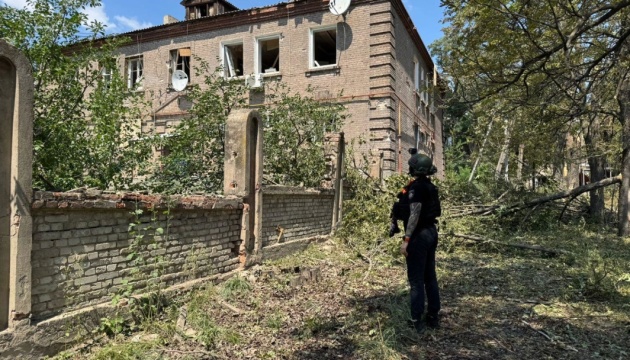
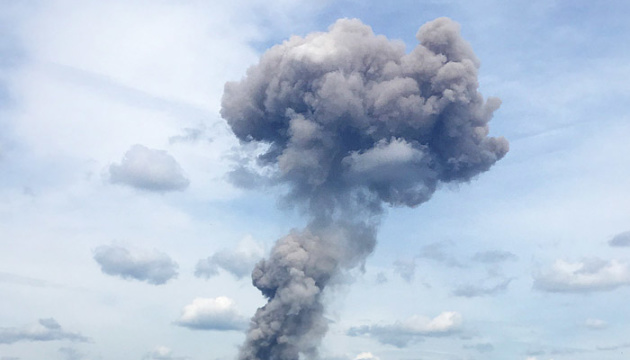
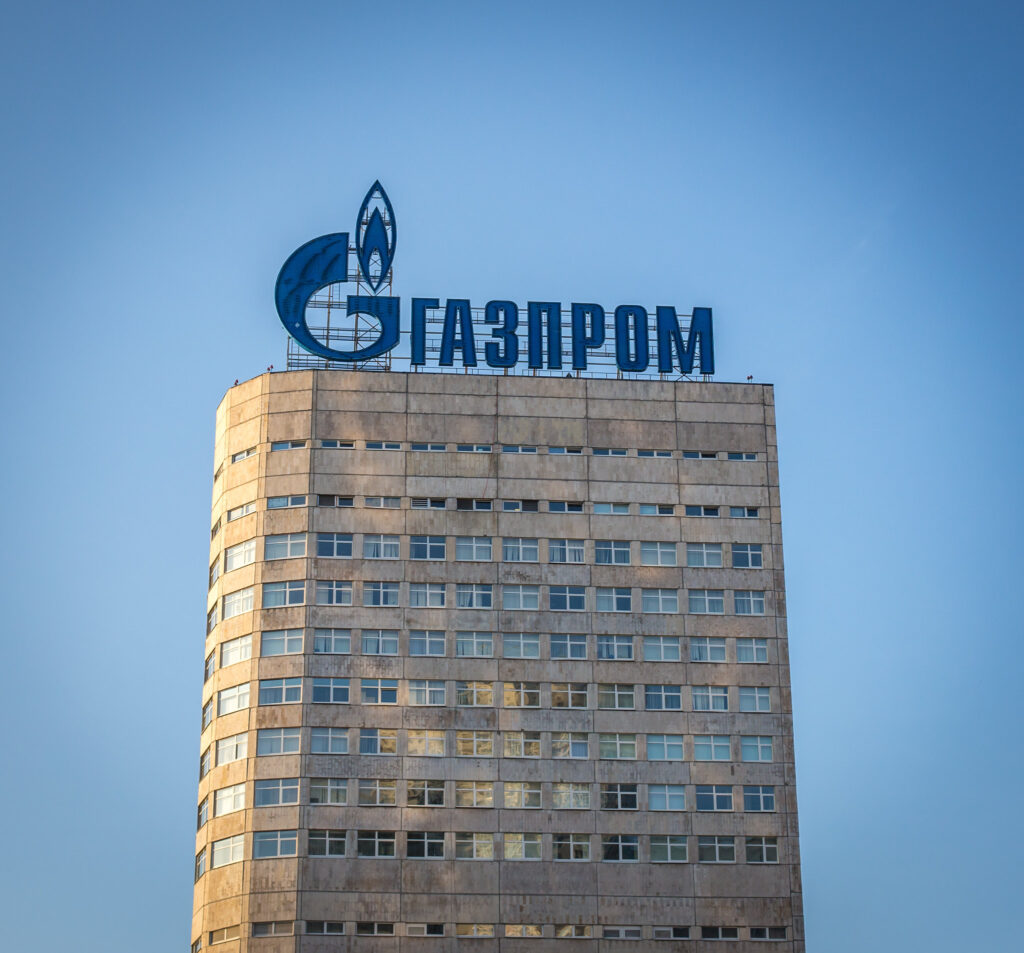
A Ukrainian cyberattack on Gazprom systems has reportedly crippled the Russian state gas monopoly’s digital infrastructure, Suspilne reports, citing a source in Ukraine’s Defense Intelligence (HUR). The hackers wiped data from physical servers, cloud platforms, and all backups, targeting critical control systems that manage Russia’s gas flows, finances, and internal operations.
Suspilne reported earlier that the attack took place on 17 July. Now, Suspilne’s HUR source said Ukraine’s intelligence operatives obtained full access to all of Gazprom’s information systems, reaching a depth of penetration that the source described as “unprecedented.” The access reportedly included internal analytics, core servers, digital platforms, and user credentials from across Gazprom’s operational hierarchy.
According to Suspilne’s reporting, the operation began with full infiltration and ended with a coordinated deletion of all available data — including security systems, server control modules, and support networks that kept Gazprom’s infrastructure running.
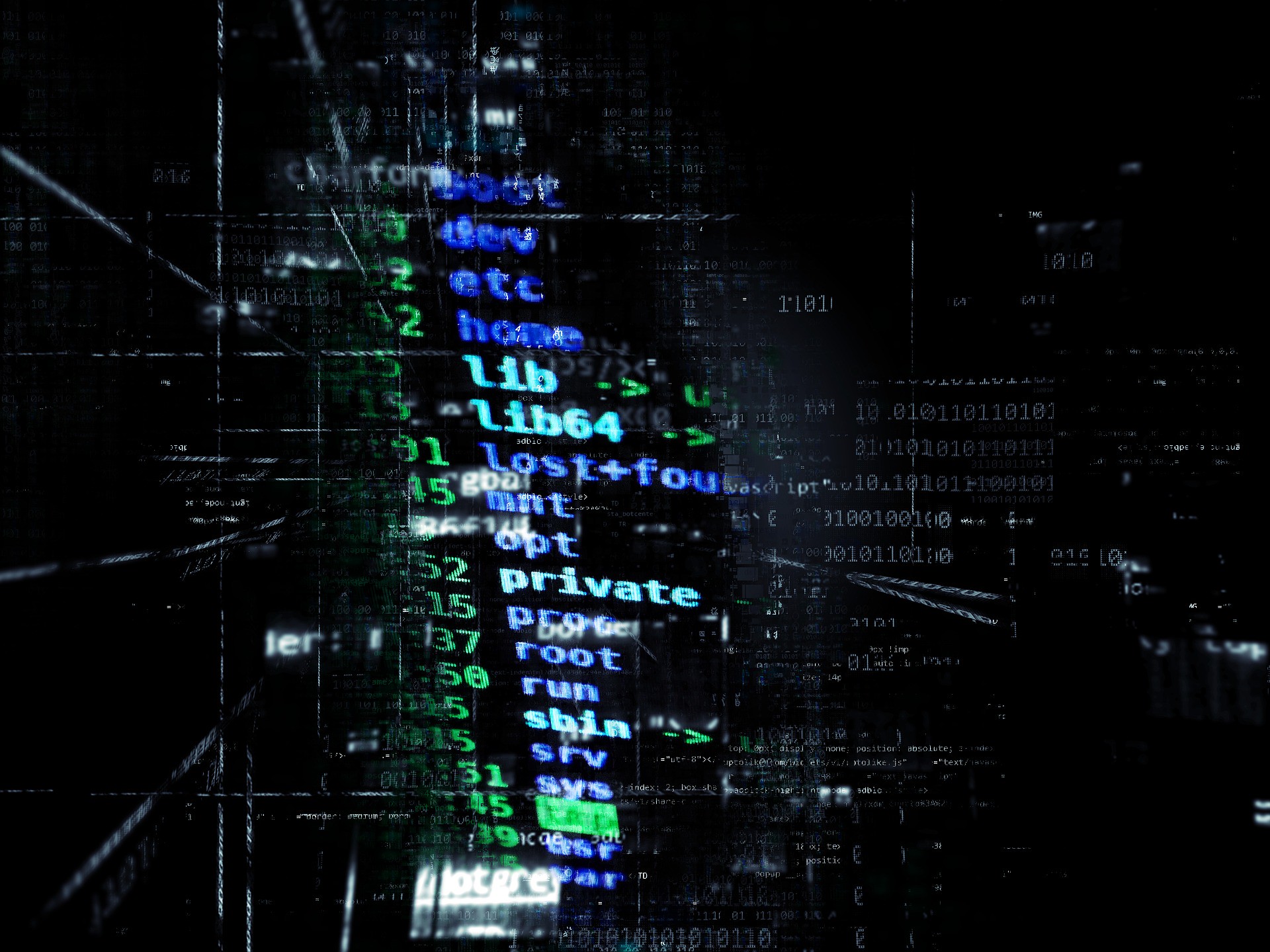
Suspilne reports that more than 390 subsidiaries and branches were affected, including Gazprom Teplo Energo, Gazprom Obl Energo, and Gazprom Energosbyt. The breach extended into Gazprom’s SCADA and GIS systems, which control gas and oil pressure, distribution flows, well data, and infrastructure networks.
The HUR source also claimed that Gazprom’s financial records, tax data, contract logs, and legal documents were destroyed. Among the deleted systems were modules managing supply schedules, customer volumes, tariffs, payments, licensing, and regulatory files.
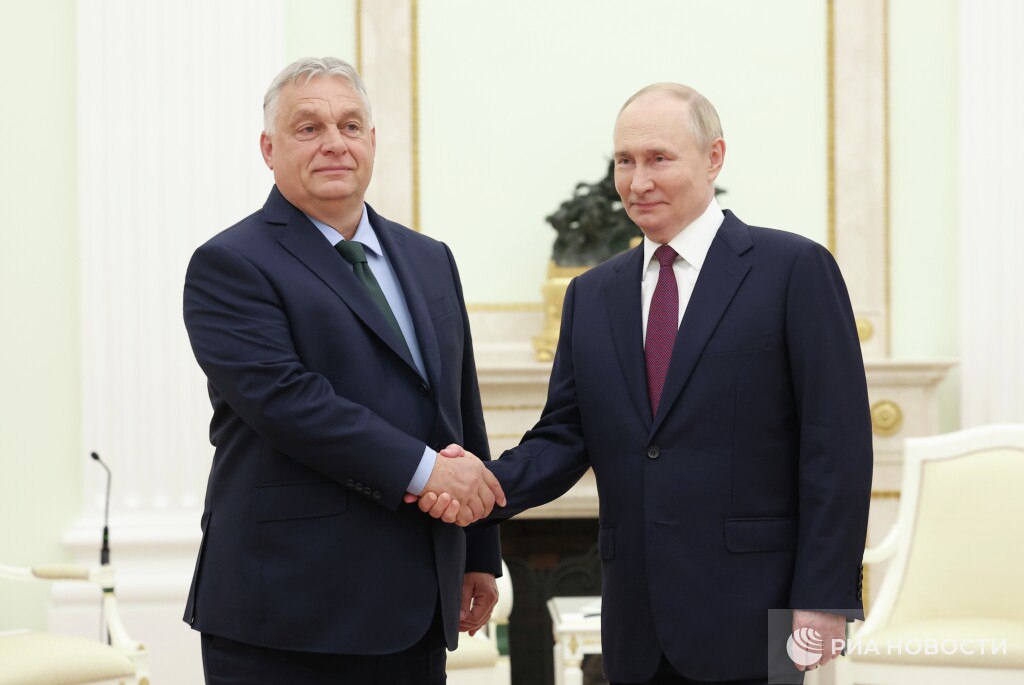
The scale of the operation, Suspilne’s source stated, could lead to a partial or total collapse in Gazprom’s ability to function. Without operational systems, the state corporation may be unable to sign new contracts, manage its gas supply network, or maintain stable financial operations.
The source further suggested that the consequences could include regional disruptions to gas transport and delivery, a potential default on corporate obligations, and sharp devaluation of Gazprom’s stock, possibly triggering instability in banks that finance the energy conglomerate.
Using custom-developed software, Ukrainian cyber operatives reportedly deleted all data stored on Gazprom’s physical servers and cloud infrastructure, including backup copies.

The full-scale war in Ukraine will continue beyond 2025, said Robert Brovdi, also known as Madiar, the commander of the Ukrainian Armed Forces’ Unmanned Systems, during the LANDEURO conference in Germany’s Wiesbaden, UNIAN reports.
“We don’t see the end of the war coming tomorrow — or likely even this year. Putin is sending more infantry than we can destroy,” Madiar stated.
According to him, the main threats include massive Shahed drone attacks, Ukraine’s shortage of mobilization resources, and the enemy’s numerical advantage.
“Everyone who wanted to fight is already fighting,” he noted.
However, the Ukrainian Armed Forces are already working on solutions: plans include replacing infantry with ground-based drones and building a multi-level “drone wall” to intercept everything coming from Russia.
“This wall, taller than the Great Wall of China, is already being built,” the commander concluded.
Brovdi became the commander of the Ukrainian Armed Forces’ Unmanned Systems in June. After taking the position, he announced he would work on the new Drone Line project, a 10-15 kilometer “kill zone” where enemy forces cannot advance without suffering significant losses.
His program also includes:
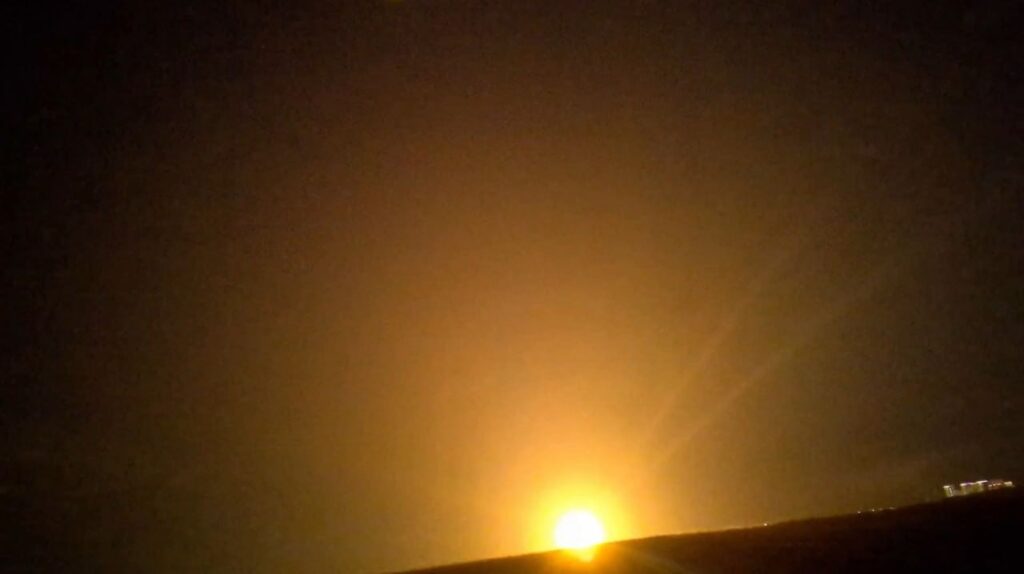
Explosions erupted across Moscow and Rostov oblasts in the early hours of 19 July. Local reports described drone flyover sounds, fires, damaged infrastructure, and halted train services following a large-scale drone attack. However, no reports confirm any damage to key military or military-industrial infrastructure.
In Moscow Oblast, residents of Dmitrov and Zelenograd heard multiple explosions overnight. Russian news Telegram channel Astra posted footage showing burning debris in a field near Dmitrov. Locals wrote that “something fell in the field and exploded.” Messages in community chats described blasts from several locations within the Dmitrov district.
Astra quoted local officials saying a drone had been shot down, and its wreckage damaged a high-voltage power line in the area. Mikhail Shulavov, acting head of the Dmitrov district, confirmed the fall of debris, noted there were no injuries, and said repair crews were already fixing the line.
Pro-Kremlin Telegram channel Mash also reported explosions in Mozhaisk and Dmitrov. Baza, another Telegram channel, said six explosions occurred in Zelenograd.
Moscow Mayor Sergei Sobianin claimed Russian air defenses shot down 14 drones targeting the Russian capital.
In Rostov Oblast, acting head Yurii Sliusar claimed fires in Kamensk-Shakhtynskyi. Falling drone debris allegedly set multiple detached houses on fire and ostensibly injured one person.
Sliusar added that a transformer caught fire in Kamenskyi Raion, disabling a high-voltage line. As a result, five settlements lost power. According to Sliusar, about 2,000 people live in the blackout zone.
The drone strikes triggered major rail disruptions in Rostov Oblast. Passenger service was halted after the attack disabled power infrastructure on the Lykhaya–Zamchalovo railway segment or the Russian Railway (RZhD).
Astra cited passengers at Rostov station claiming they sat for hours in trains without ventilation or air conditioning. One said that “everything is immobilized” after a strong strike at Lykhaya station.
Russian Railways later confirmed that over 50 long-distance trains were delayed. Several regional electric trains were also canceled. Delays ranged from 1.5 to 3.5 hours. Later reports from RZhD said train service on the damaged line had resumed.
Ukrainian Telegram channel Supernova+ posted footage of a fire in Russian-occupied Tokmak in Zaporizhzhia Oblast. The caption reads:
“In Tokmak … after a UAV attack there is a healthy glow.”
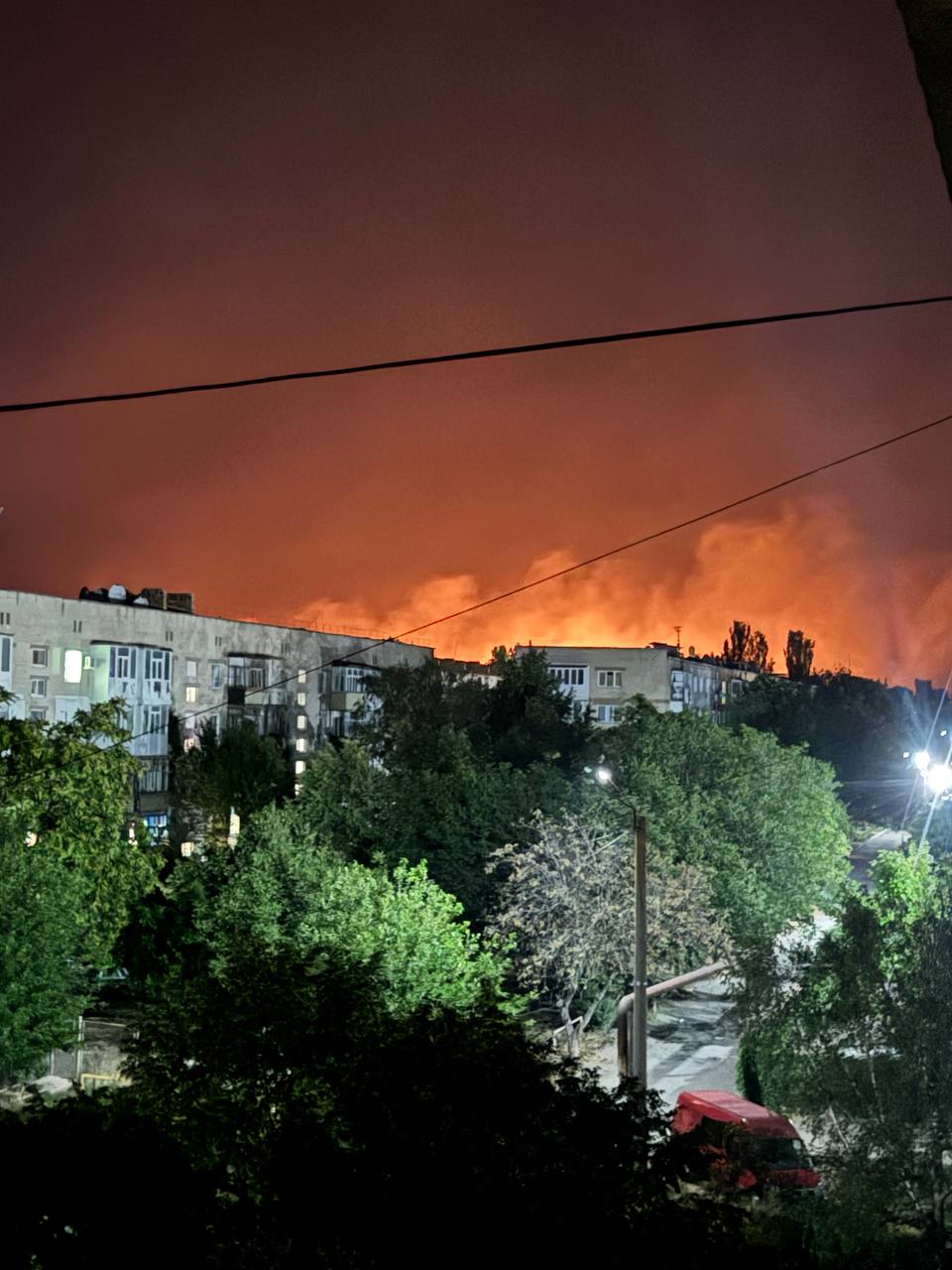
On the evening of 18 July, a fire broke out at a military facility in central Rostov-on-Don. Astra verified the location as military unit 74330 on Krasnoarmeiska Street, near Sokolova Avenue.
Local media had earlier reported a fire in the same area.

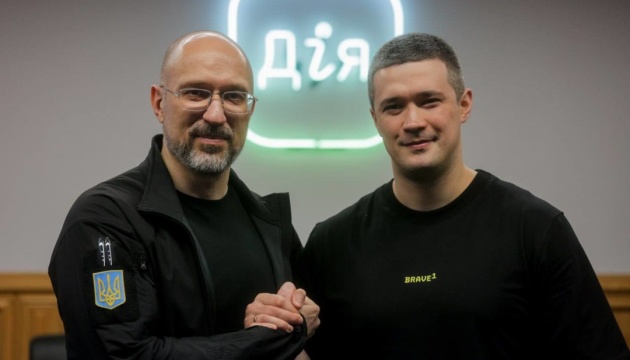

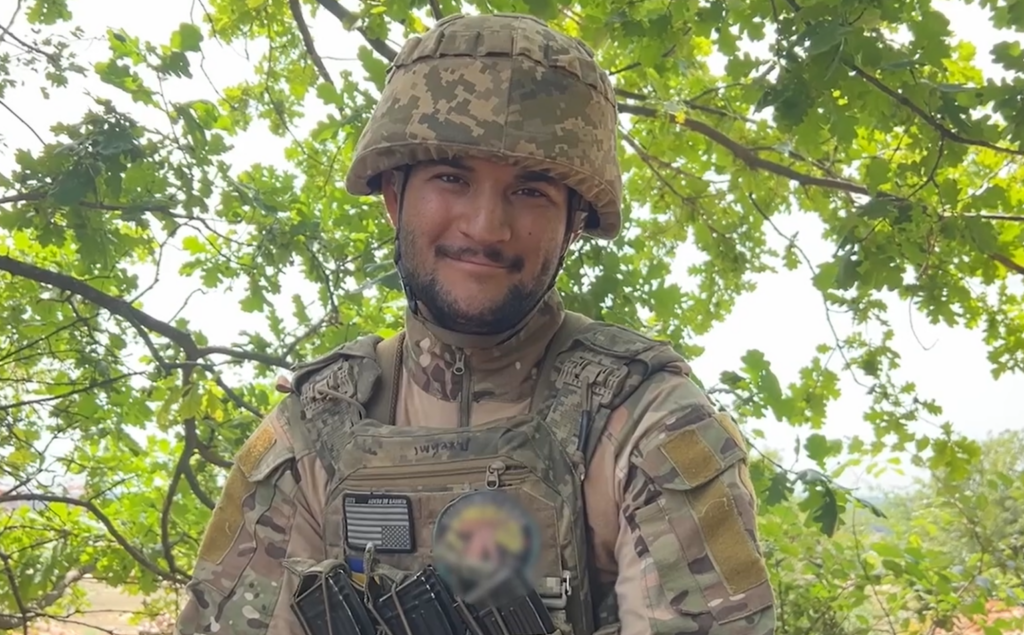
“I want my children to grow up in Ukraine”. James, an American volunteer known as “Sonechko” or Sun, has voluntarily joined the 154th Separate Mechanized Brigade of the Ukrainian Armed Forces.
He is a part of the International Legion of Ukraine, a military unit within the Ukrainian Ground Forces, composed of foreign volunteers. Formed in 2022, the legion has attracted thousands of foreign volunteers from over 50 countries, including the US, UK, and Canada, to fight against Russian aggression.
He has been living in Ukraine for a year now and plans to stay there.
“I want to help Ukraine as much as I can. That’s why I’m here. Maybe after the war, my children will grow up here,” James said in a comment shared by the brigade on social media.
His native language is Italian, and although he’s only just learning Ukrainian, James can already communicate freely with his fellow soldiers. He says the decision to become a fighter was thoughtful and deliberate.
“This is my life. I did everything I could to be here, and now I am. The people here are quite professional. It’s not bad at all,” he continued.
Earlier, Chief of Staff of the 2nd International Legion, Pavlo Slavyntskyi, explained that the distinguishing feature of foreign volunteers units is that all of them came to Ukraine of their own volition. No one recruited or persuaded them, Dzerkalo Tyznia reports.
Inside the units, there’s no pomp or patriotic slogans. Slavyntskyi stated that some of the figters want to earn money, while others — to boost their CVs, gain experience, learn military affairs, equipment, or tactics of warfare. Some want to fight for freedom and justice, and some simply want to kill Russians.
He said that Americans, Brits, Europeans are mostly men over 40, who came to finish the war they didn’t finish in Afghanistan or Iraq.
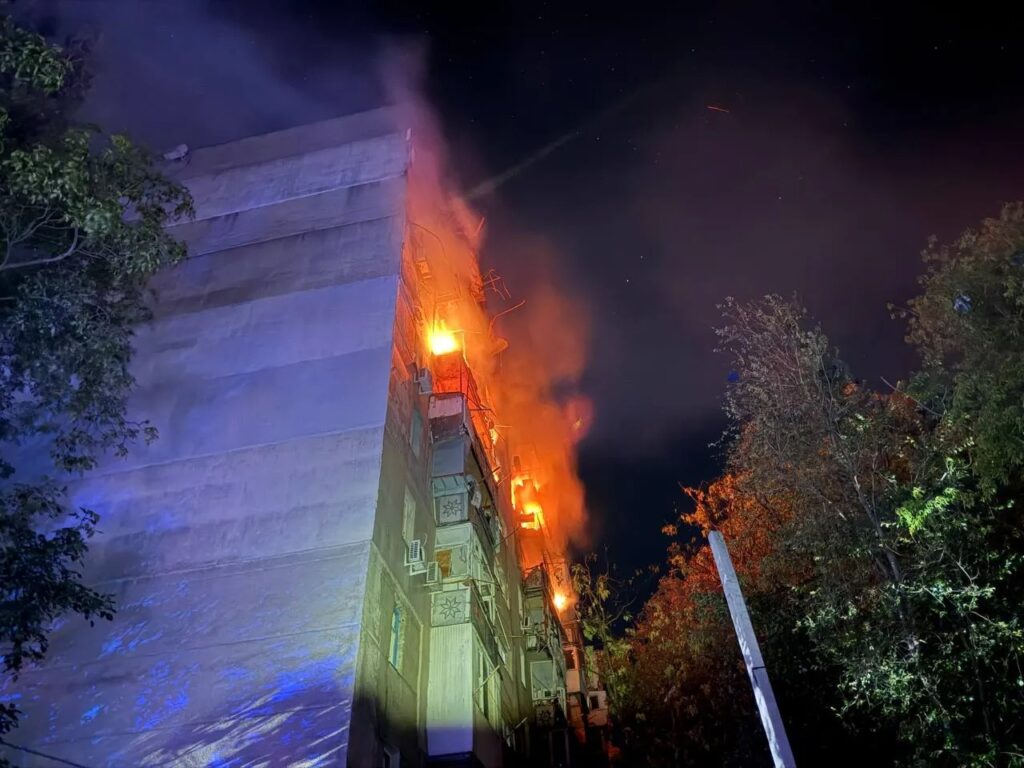
Last night, Russia resumed full-scale aerial strikes after several quieter days, launching almost 350 drones and 35 missiles in one night. Ukraine intercepted more than 200 Russian drones and missiles overnight, but dozens still broke through, hitting homes, schools, and civilian infrastructure in several regions, according to local authorities. The Russian drone assault killed a woman in Odesa and injured six more civilians, including a child. Meanwhile, Russian forces continued their “human safari” in Kherson, injuring two civilian men with a small drone.
According to the Ukrainian Air Force, Russia launched a total of 379 aerial weapons overnight on 18–19 July. The strike included 344 Shahed-type drones and decoys, 12 Iskander-M ballistic missiles, eight Iskander-K cruise missiles, and 15 Kh-101 cruise missiles. Launches came from multiple directions: Bryansk, Kursk, Orel, Millerovo, Shatalovo, Primorsko-Akhtarsk, occupied Crimea, and from Russian aircraft over Saratov Oblast.
Despite the heavy interception effort, five missiles and 30 drones struck civilian and infrastructure targets in 12 locations, while drone debris fell and caused additional damage in at least seven more, the AF says.
In Odesa, over 20 Shahed drones approached from different directions, local authorities reported. One hit a nine-story residential building, sparking a fire that engulfed the upper floors. Emergency services rescued five people from the building. One of the rescued victims, a woman, died from her injuries.
In total, the attack injured six civilians, including a child. Prosecutors opened a war crimes case under Article 438 of Ukraine’s Criminal Code.
In Pavlohrad, Dnipropetrovsk Oblast, Russian forces launched over 100 drones and missiles at the city. Officials described it as the most massive strike on Pavlohrad to date. Explosions damaged a fire station, multiple industrial sites, a school, and a five-story residential building.
Regional head Serhii Lysak later confirmed that nine apartment buildings, a private home, and an educational facility were damaged. No injuries were reported.
In Kyiv, falling debris from an intercepted drone damaged the roof of a residential building in the Darniytskyi district. The Kyiv Military Administration reported no fire or injuries.
In Kyiv Oblast, the air defenders intercepted more than 20 drones. In the Vyshhorod district, a civilian car was damaged. No casualties were reported.
In Sumy Oblast, Shostka came under attack for nearly four hours overnight, injuring locals. In the morning, Russian forces added guided air-dropped bombs to the assault. Six bomb strikes were confirmed on the Shostka community.
Mayor Mykola Noha confirmed infrastructure destruction, with damage to two apartment buildings and four private homes. No injuries were reported.
In Chernihiv Oblast, Shahed drone strikes damaged infrastructure in Nizhyn and the village of Vypovziv. Local officials confirmed three direct drone hits. No casualties were reported.
Suspilne reported an explosion, heard in several districts of Zaporizhzhia this morning.
Separate from the mass long-range drone and missile strike, a Russian drone deliberately attacked a private home in Kherson’s Korabelnyi district around 04:00. Two civilian men, aged 28 and 34, were wounded and hospitalized in moderate condition.
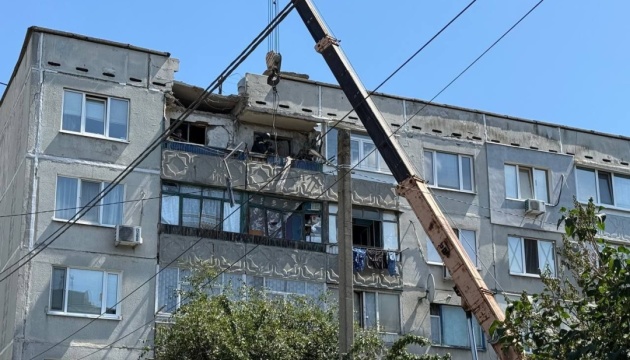
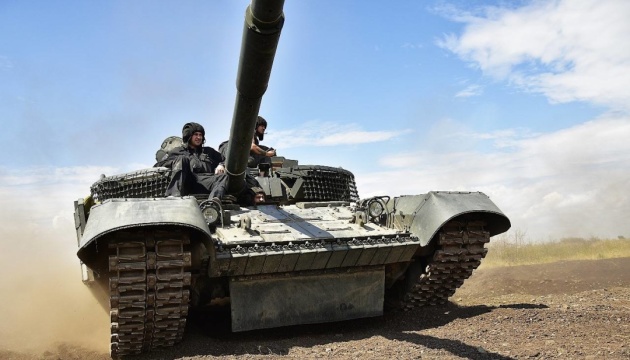
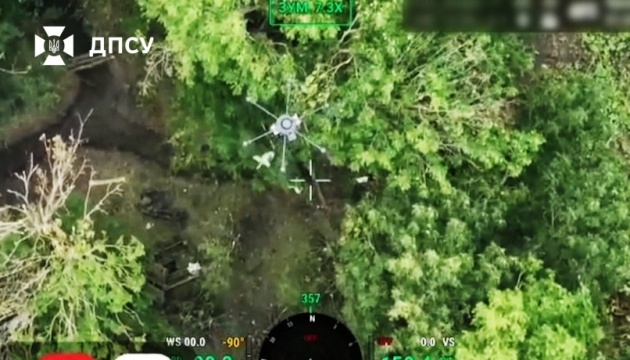
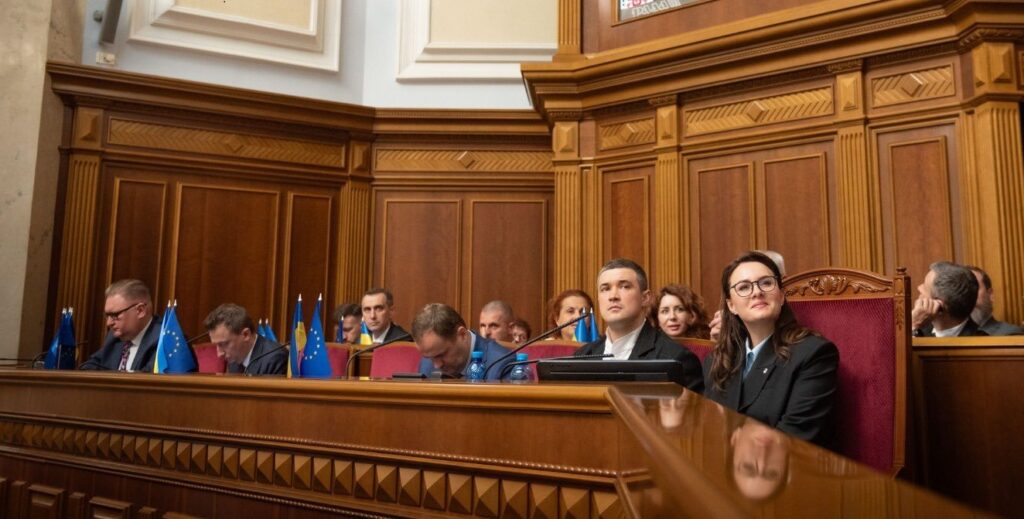
On 17 July 2025, Ukraine received a new government—the first full reshuffle since Russia’s full-scale invasion in 2022. The transition brought in a new prime minister, merged key ministries, and rebalanced power at the top of Ukraine’s wartime state. It was quiet but decisive—though not without raising eyebrows at home and abroad.
At the center of the overhaul is Yulia Svyrydenko, 39, who replaced Denys Shmyhal as prime minister. Shmyhal—who had held the post for a record five years—was appointed Minister of Defense, replacing Rustem Umerov, who in turn became Secretary of the National Security and Defense Council.
With the Cabinet now reduced to just 16 ministers, and several ministries merged or dissolved, it is one of the most compact governments in Ukraine’s modern history. The restructuring reflects not only a push for efficiency, but also a response to internal pressures and external scrutiny during wartime governance.
The reshuffle was controversial not only because of its scope, but because of its legal context. Under Ukraine’s law on martial law, dismissing or appointing the Cabinet is explicitly prohibited, and elections are suspended indefinitely. The move was, at best, a legal gray zone.
It also raised concerns beyond legality. The opposition pointed to consolidation of power in the hands of the President’s Office. One well-known political joke was revived to express that fear: “It’s like rearranging the beds in a brothel—nothing really changes.” The point wasn’t just that the personnel might be the same—it was that the same people behind the scenes remain in control, with limited checks from outside the executive.
So why now? With no elections and wartime restrictions in place, the question of timing loomed large—and demanded an answer.
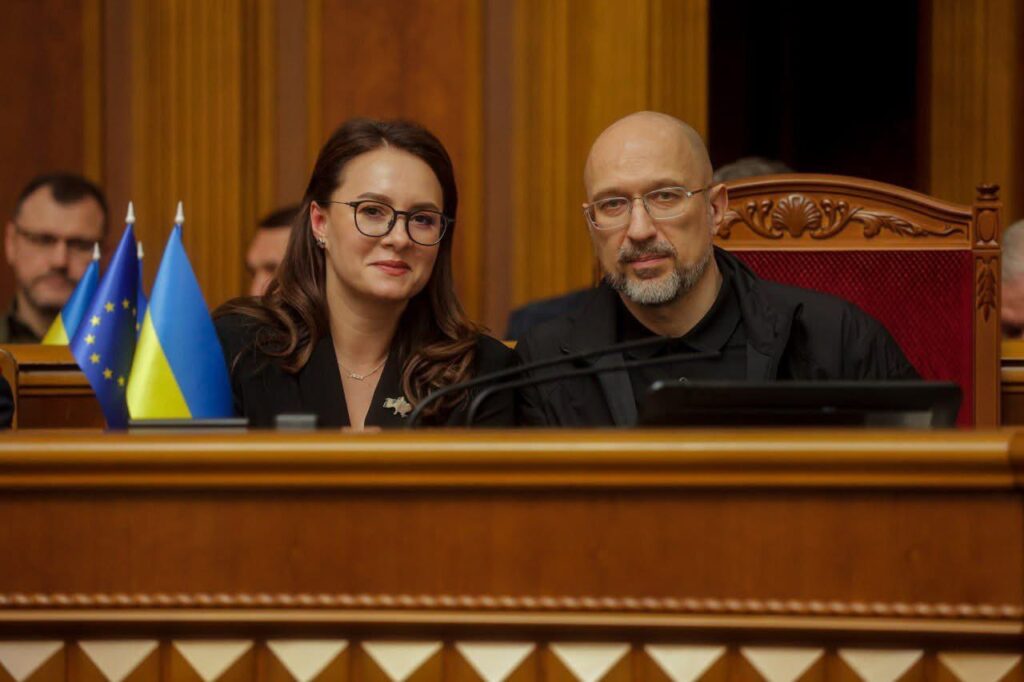
Political analyst Volodymyr Fesenko believes the change had been planned much earlier. “I think this is the implementation of a previously delayed decision. The reshuffle was already agreed in June, but it was delayed because the president had a full international schedule.”
Zelenskyy is known for periodic Cabinet changes.
“Last year, he didn’t replace the prime minister but changed half the government,” Fesenko told Euromaidan Press. “This time, the head of government was changed too. He rotates people when he feels something isn’t working.”
Another factor may have been Svyrydenko’s recent diplomatic success. According to Fesenko, she played a key role in managing sensitive economic negotiations with US counterparts related to the so-called “mineral deal”, helping to neutralize difficult political conditions. “That strengthened her standing,” he said.
However, Fesenko cautions against reading too much into a single cause. “There is no one particular reason for this reshuffle,” he said. “It is a combination of delayed plans, administrative adjustments, and political opportunity.”
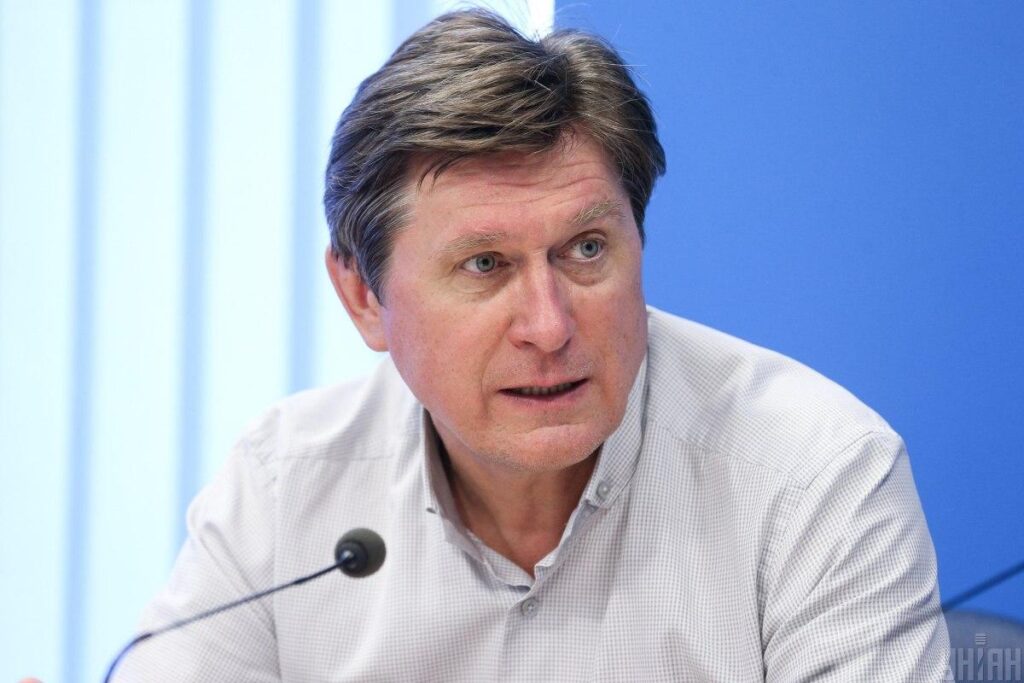
According to Ihor Chalenko, another political analyst, the government shakeup reflects growing consensus within the presidential camp that elections are not likely to happen any time soon. With martial law in place and war still ongoing, political updates must come from within the system.
“This is a reset without elections,” Chalenko told Euromaidan Press. “It signals change, rebalances power, and rebrands the government—without a vote.”
The timing allowed for a “reset” without major political risk—and provided a moment to address festering problems that had not been resolved by the existing team. The restructuring also comes amid increasing concern that Ukraine must refocus its executive branch to better coordinate diplomacy, economic recovery, and military production.
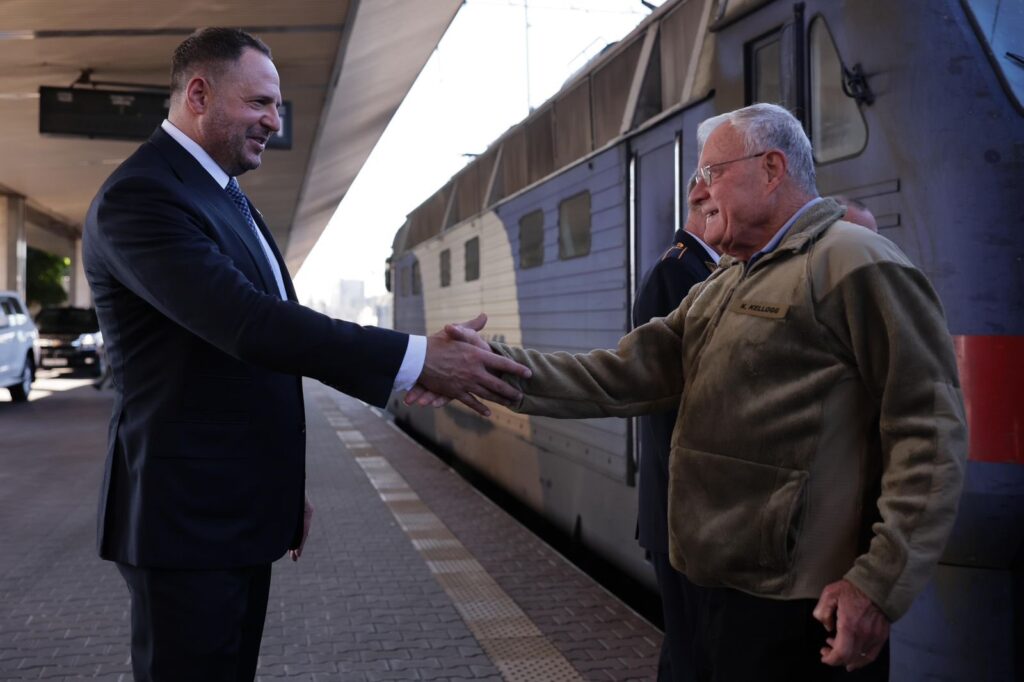
Much attention has focused on whether the change represents a power play by Andriy Yermak, head of the President’s Office, over David Arakhamia, the leader of the governing Servant of the People faction. Svyrydenko is widely seen as a close ally of Yermak; Shmyhal had been backed by Arakhamia.
But according to both Fesenko and Chalenko, the final result reflects power balancing, not a power grab.
Fesenko acknowledged that tensions between Arakhamia and the president had been real, particularly about six months ago, when Arakhamia traveled to the US and presented himself as a potential point of contact with the Trump camp. “He told people he was arranging meetings, even with Giuliani. That really irritated the president. Since then, he’s stepped back.”
Chalenko emphasizes that the government as reshaped remains a coalition of internal power centers. “Take Mykhailo Fedorov,” he said. “He’s now First Deputy Prime Minister. And he’s had friction with Yermak. If this reshuffle was purely about consolidation, that wouldn’t have happened.”
The civilian part of the government—especially economic and social portfolios—is now clearly under the coordination of the President’s Office. But the military sector, particularly defense procurement and arms production, includes other political influences and interest groups that remain outside Yermak’s full control. According to Chalenko, this division is what keeps the new government politically “balanced,” despite external perceptions of top-down centralization.
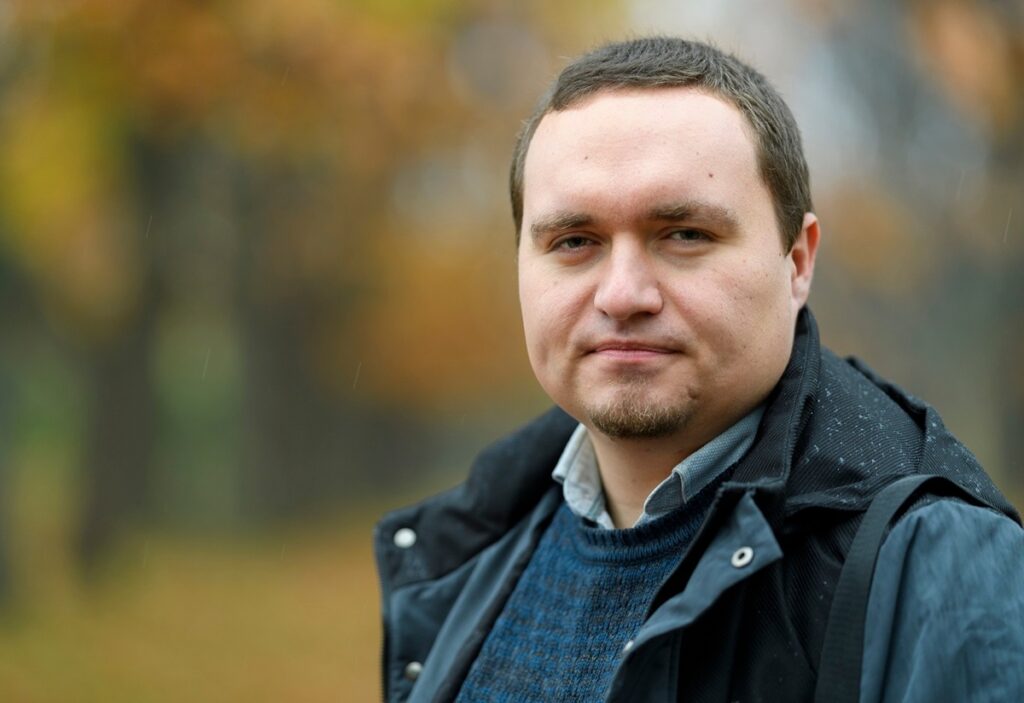
While the reshuffle wasn’t caused by scandal, recent events made it easier to justify.
In June, Oleksiy Chernyshov, then Deputy Prime Minister — Minister for National Unity, was accused of abuse of office and receiving unlawful benefits on an especially large scale. He was released on ₴120 million (about $3 mln) bail. As Fesenko notes, this allowed for a smooth exit. “He’s gone, and so is his ministry. The moment was convenient.”
More serious were the problems inside the Ministry of Defense under Rustem Umerov. In late 2024, it emerged that mortar shells manufactured in Ukraine were defective. A public battle followed between Umerov and Maryna Bezrukova, head of the Defense Procurement Agency, raising questions of internal sabotage and political interference. NATO and G7 partners were said to be deeply concerned.
Fesenko called the situation “ministerial chaos.” He added: “Key professionals were sidelined. There was no clear strategy. Shmyhal was never a big political figure, but he was a very effective coordinator inside the government. Now he’s tasked with bringing that skill to the defense sector.”
Chalenko agrees, though from a different angle. He sees the appointment as “a mark of personal recognition from Zelenskyy himself,” noting that Shmyhal had preserved balance in the Cabinet throughout his unusually long term as prime minister. “That continuity is now being transferred to the defense sector—along with added responsibility.”
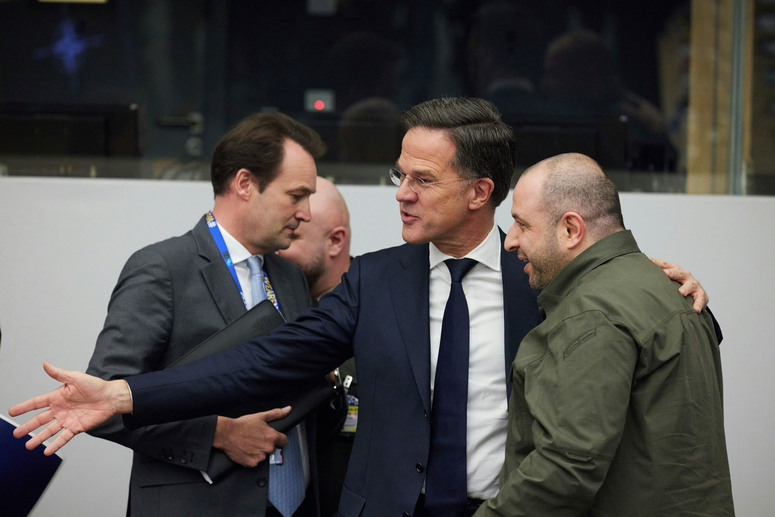
The reshuffle also served as a vehicle for long-delayed administrative reform. Plans to merge ministries and reduce overhead had existed since 2023. Now, with fewer ministers and larger portfolios, implementation became politically possible.
The Ministry of Economy now includes portfolios previously managed by the agriculture and environment ministries, forming what some analysts describe as a “superministry” at the heart of civilian administration.
But perhaps most pressing: Ukraine’s economy is under enormous strain. With American budget support drying up, and European aid increasingly tied to complex conditions, the country faces rising deficits and mounting fiscal pressure. Stabilization is now a core priority.
In this environment, Svyrydenko is expected to focus on economic management. She is considered a trusted figure among Ukraine’s Western partners, particularly in financial and trade negotiations. But she will also need to confront deepening structural problems: declining industrial output, sluggish recovery in private investment, and ballooning social spending.
Fesenko said: “She knows what parts of the system can be influenced—and what parts are off-limits. That gives her some room in the economic sphere, where Yermak is less hands-on.”
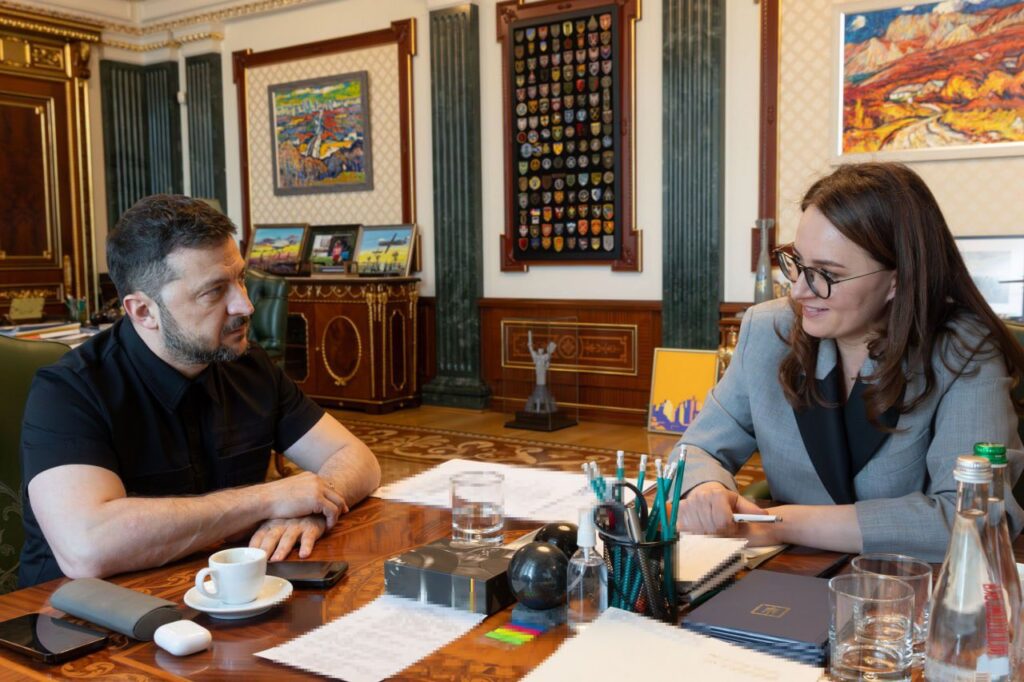
Ultimately, the reshuffle represents a wartime recalibration. It allowed the president to respond to internal disorder, public fatigue, and Western concern—without elections, and without open crisis.
It is not a dramatic political transformation. But it resets the executive without destabilizing the system. As Chalenko put it, “the government remains balanced—and therefore, it can be called Zelenskyy’s government.”
Whether that’s enough will depend not only on Svyrydenko’s performance, but on how long the war—and martial law—lasts.
In effect, this reshuffle functioned as a reset without elections—a shift in power that maintains political control while responding to pressure for change.
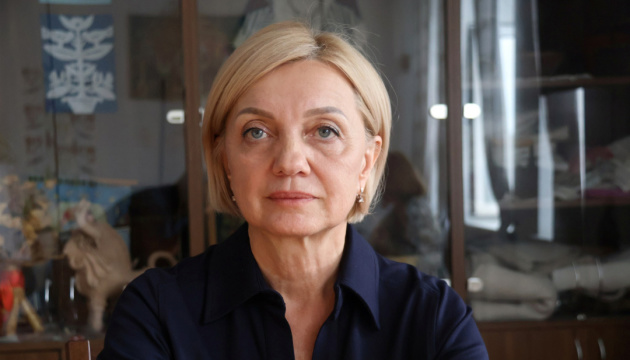
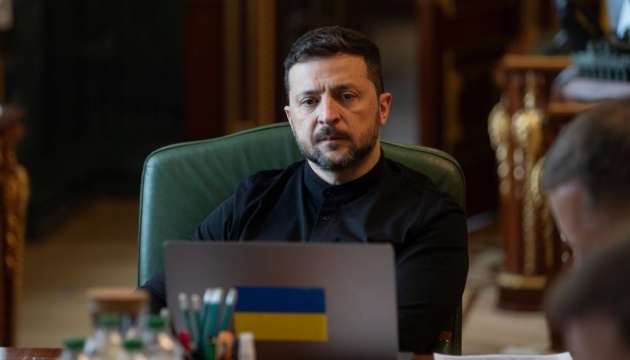

A global law enforcement campaign has dealt a blow to the pro-Russian cyber army known as NoName057(16). Europol confirmed that about 20 countries helped dismantle the network behind thousands of attacks on Ukraine’s supporters.
Europol reported that between 14 and 17 July, authorities from 12 countries launched Operation Eastwood. Europol and Eurojust coordinated the joint crackdown. The effort reportedly dismantled major parts of the pro-Russian cyber army’s infrastructure, including hundreds of systems.
Germany issued six arrest warrants for suspects based in Russia. Two are accused of leading the group’s activities. Spain issued another arrest warrant. France and Spain also reported one arrest each. All suspects are internationally wanted.
Authorities carried out 24 house searches and questioned 13 individuals across Europe. In Spain alone, 12 searches took place. Investigators also notified over 1,000 individuals believed to support the cyber group. Fifteen of them were administrators.
Other attacks struck during the European elections. Swedish government and banking websites were affected. In Switzerland, NoName057(16) launched attacks in June 2023, during a speech by Ukraine’s president to the Joint Parliament. Another wave occurred in June 2024 during the Peace Summit for Ukraine at Bürgenstock.
The most recent attack linked to the group targeted the NATO summit held in the Netherlands in June 2025. Europol notes that although the attacks caused disruption attempts, none led to substantial outages.
Europol identifies NoName057(16) as an ideological cyber network that operated without formal leadership. The group recruited mostly Russian-speaking sympathizers, many with little technical knowledge. Its structure relied heavily on gamified propaganda and incentives.
Volunteers received cryptocurrency payments and recognition through online shout-outs, badges, and leaderboards. Europol notes this method especially appealed to younger users who felt emotionally involved in Russia’s political narratives.
To simplify participation, NoName057(16) distributed guides and tools like DDoSia. Europol also launched a prevention campaign warning suspected supporters of their criminal liability, delivered via the same communication platforms.
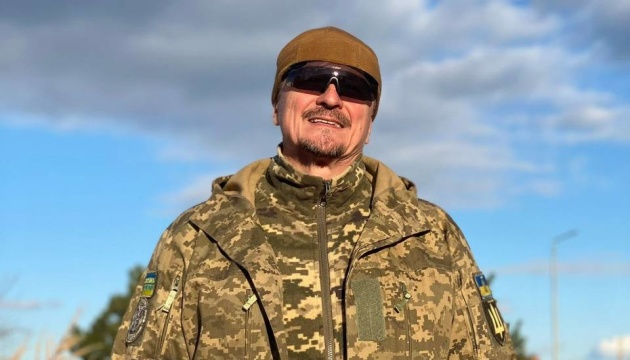
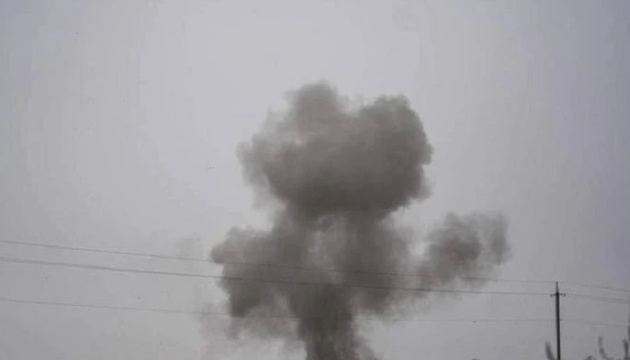
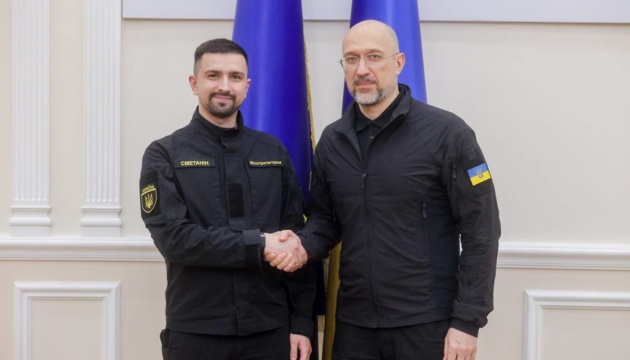

Five missiles and 30 drones hit 12 locations, and seven locations were hit by downed aerial objects

© State Emergency Service of Ukraine/Reuters
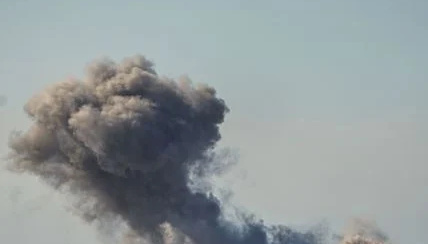
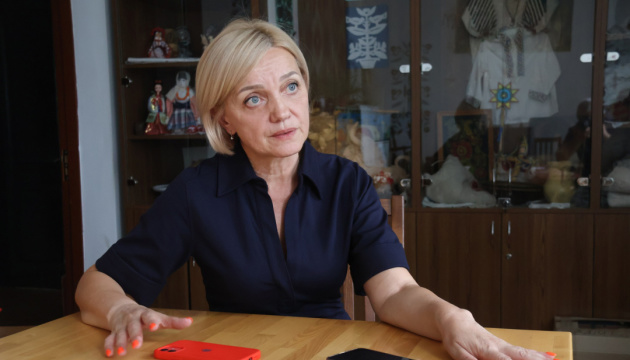
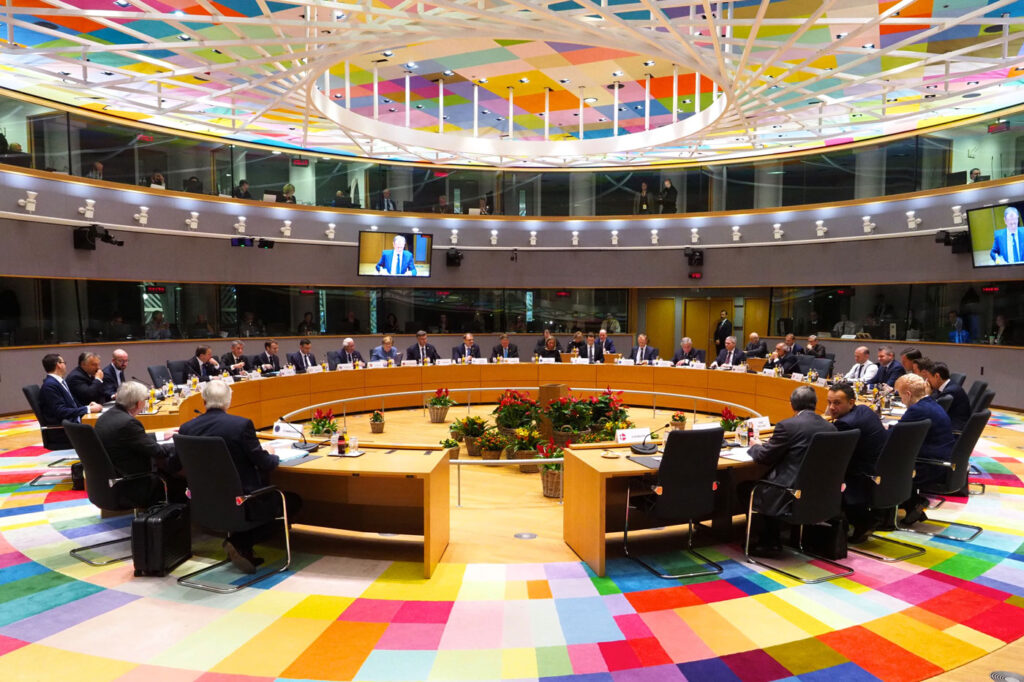
As the EU ramps up economic pressure, the Kremlin scrambles to downplay sanctions by pushing claims of immunity and resilience. But behind the bravado, top Russian officials are quietly conceding the growing toll on the country’s economy, according to the think tank Institute for the Study of War (ISW).
ISW reported on 18 July that Russian officials are continuing to falsely claim that the European Union’s newest sanctions have no significant impact on the Russian economy. Kremlin Spokesperson Dmitry Peskov alleged for no reason that the EU’s sanctions are illegal, and insisted Russia had already adapted to life under restrictive measures. He stated that the Kremlin would analyze the effects of the latest sanctions package and minimize their impact. Peskov also stated that the sanctions ostensibly ultimately harm those who imposed them.
Russian Security Council Deputy Chairperson Dmitry Medvedev responded to the EU’s newest package by asserting that Russia’s stance remains unchanged and that the country’s economy will endure. He went further, threatening to increase strikes on Kyiv and other Ukrainian cities — which has already been happening for years. Medvedev declared that Russia must learn to “hate” the EU and what he described as its “Russophobia” as much as its ancestors did.
Kirill Dmitriev, CEO of the Russian Direct Investment Fund (RDIF) and Putin’s Special Representative for Investment and Economic Cooperation with Foreign Countries, echoed similar showy defiance. He claimed that the sanctions hurt Europe more than Russia by closing Russian markets to European businesses and disrupting the continent’s energy supply. Meanwhile, Head of the Russian State Duma Committee on Financial Markets Anatoly Aksakov dismissed the new financial sanctions as insignificant, calling them “just a fluctuation in the air,” since Russian banks were already operating under EU restrictions.
Despite these bold public statements, ISW highlighted that some senior Russian officials are now quietly admitting that sanctions are taking a toll on the economy. The Moscow Times reported on 17 July that Russian Energy Minister Sergei Tsivilev recently told the Russian Federation Council that Western sanctions are making it difficult for Russian oil companies to obtain parts needed to repair refineries.
Russian Central Bank Chairperson Elvira Nabiullina openly stated on 19 June that Russia has “exhausted many of its free resources” since the start of the full-scale invasion and must now search for a new growth model. Minister of Economic Development Maxim Reshetnikov also acknowledged during SPIEF that the Russian economy stands “on the brink of recession.”
ISW underscored that sanctions evasion through the People’s Republic of China and other third-party networks is now a key pillar of Moscow’s strategy. The Kremlin has built a network of actors designed to bypass Western restrictions, and has started reconfiguring its economic policies and business models to survive sanctions in the long run. However, ISW wrote, hinting on Washington’s hesitation to adopt news sanctions against Russia:
“The EU’s newest sanctions are a positive step, but wider Western compliance and enforcement are necessary to inflict maximum economic pressure on Russia.“
The EU’s 18th sanctions package, approved on 18 July by the European Council, sharply undercuts Russian oil revenues. It slashes the oil price cap to $47.60 per barrel, bans Nord Stream pipeline transactions, and blacklists 105 more shadow fleet tankers—bringing the total to 444. It also targets entities tied to Rosneft and ends Czechia’s exemption for Russian oil.
Refined products from Russian crude are banned unless processed in select Western countries. Though the Kremlin budgeted for losses, these sanctions are expected to cut far deeper—threatening the third of federal revenue tied to oil.

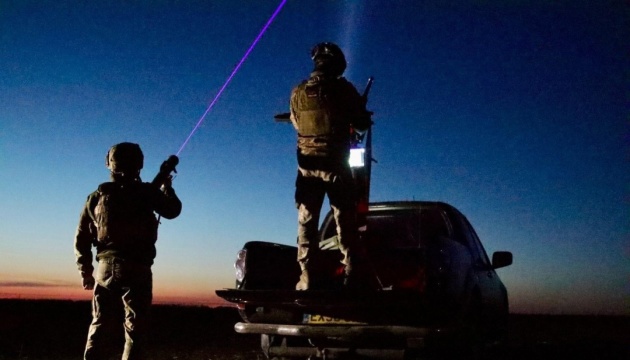

© Ukrainian Emergency Service via AP
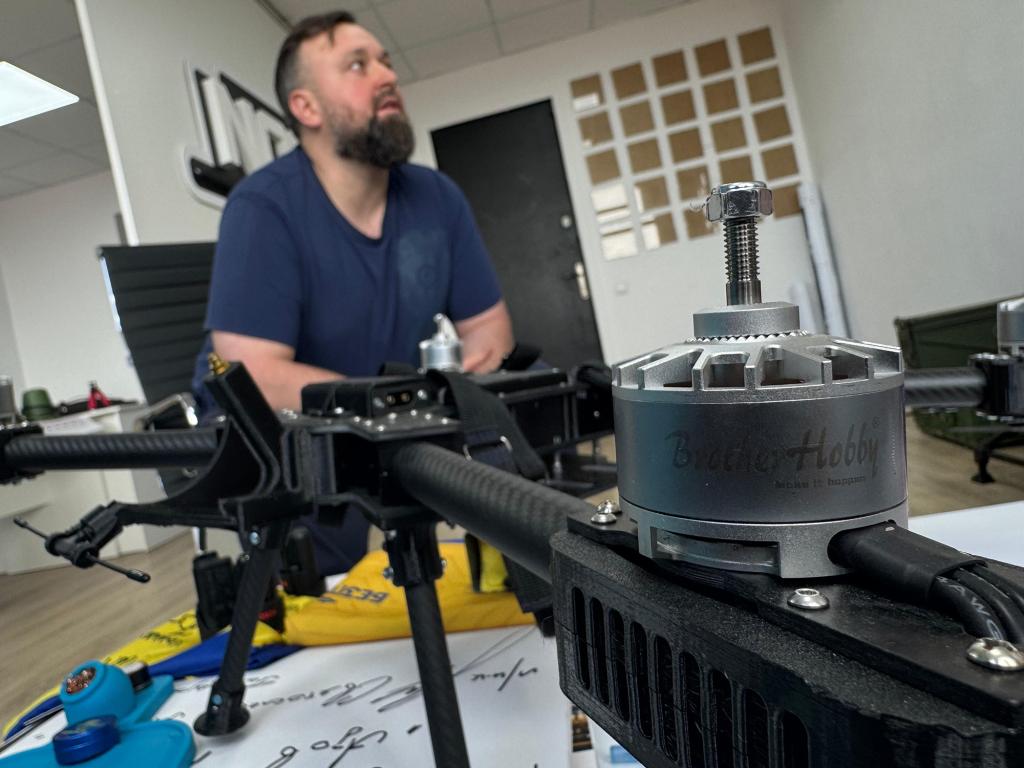
Ukrainian factories building drones to down Russian aircraft are changing the face of modern air defense — one low-cost interceptor at a time. On 18 July, the New York Post published a reportage about its journalists visiting two drone production facilities in Kyiv. The publication got an inside look at how Ukraine is confronting drone warfare with ingenuity and affordability.
The New York Post says Nomad Drones and a second, anonymous company are leading a new surge in Ukrainian factories building drones. These interceptors are crafted specifically to neutralize Russian-launched Shaheds, which cost around $50,000 apiece. Meanwhile, Ukraine’s new models are dramatically cheaper — priced between $3,000 and $7,000, depending on type and size.
Nomad Drones co-founder and CEO Andrii Fedorov explained the concept to the NYP.
“In Ukraine, there is a phrase people have been using — that ‘quantity’ becomes ‘quality,’” he said.
According to Fedorov, deploying a $1 million missile to destroy a $50,000 drone makes no economic sense.
“If you have 20 drones, then the capacity costs you, say, $40,000 to shoot it down.”
Nomad’s aircraft are designed for cost-effective lethality. Equipped with fiber-optic cables, they avoid jamming and reach enemy drones undetected by radars. Each unit carries explosives and can be detonated remotely on approach. That ability is critical against fast-moving targets like Shaheds, often launched in swarms across Ukrainian airspace.
A second firm — unnamed in the report due to repeated Russian strikes on its facility — builds a meter-long missile-style interceptors. That company continues operating despite multiple attacks.
“It’s all about cost-effectiveness,” an employee said. “Western technologies are so cool and modern — they are expensive at the same time.”
The strategy centers on affordability, speed, and scalable output. Nomad Drones and others now produce tens of thousands of interceptors monthly. These low-cost systems are not meant to endure — they’re made to fly once, explode midair, and protect civilian lives.
Tis model contrasts sharply with existing Western air defense systems, which rely heavily on expensive precision strikes. With Russia launching over 700 drones in a single night last week, Ukrainian engineers have prioritized high-volume production as the only viable path forward.